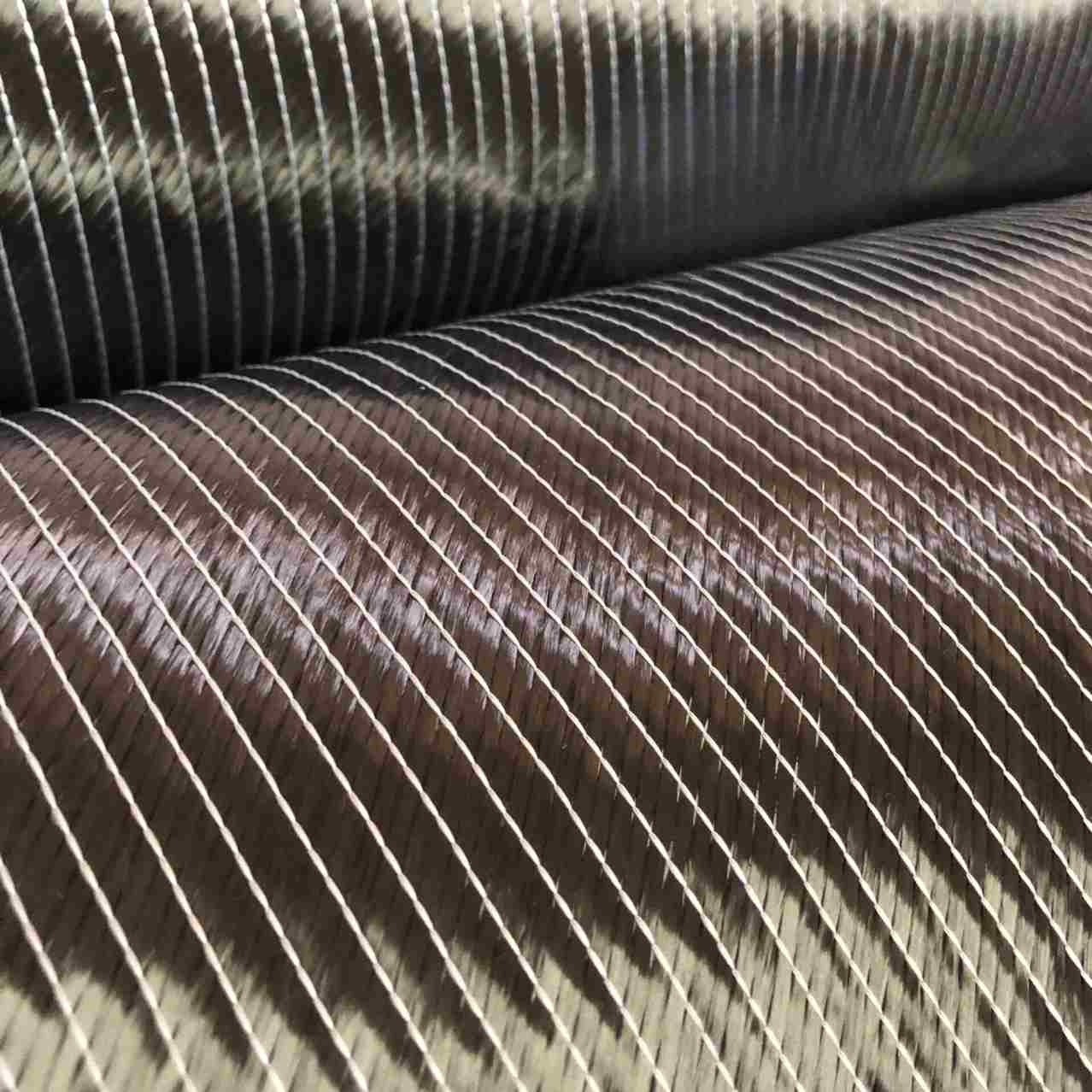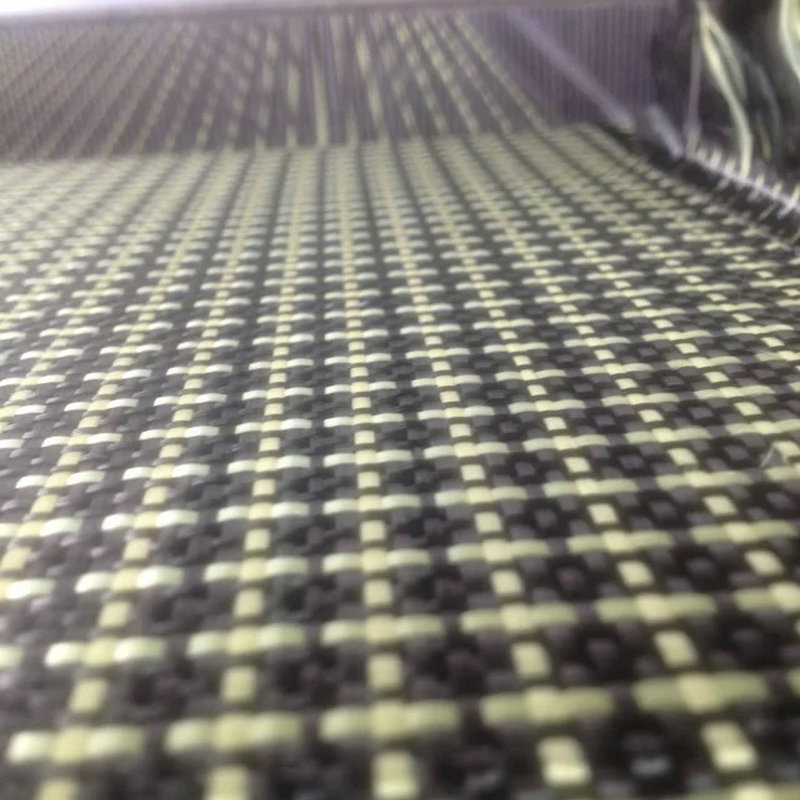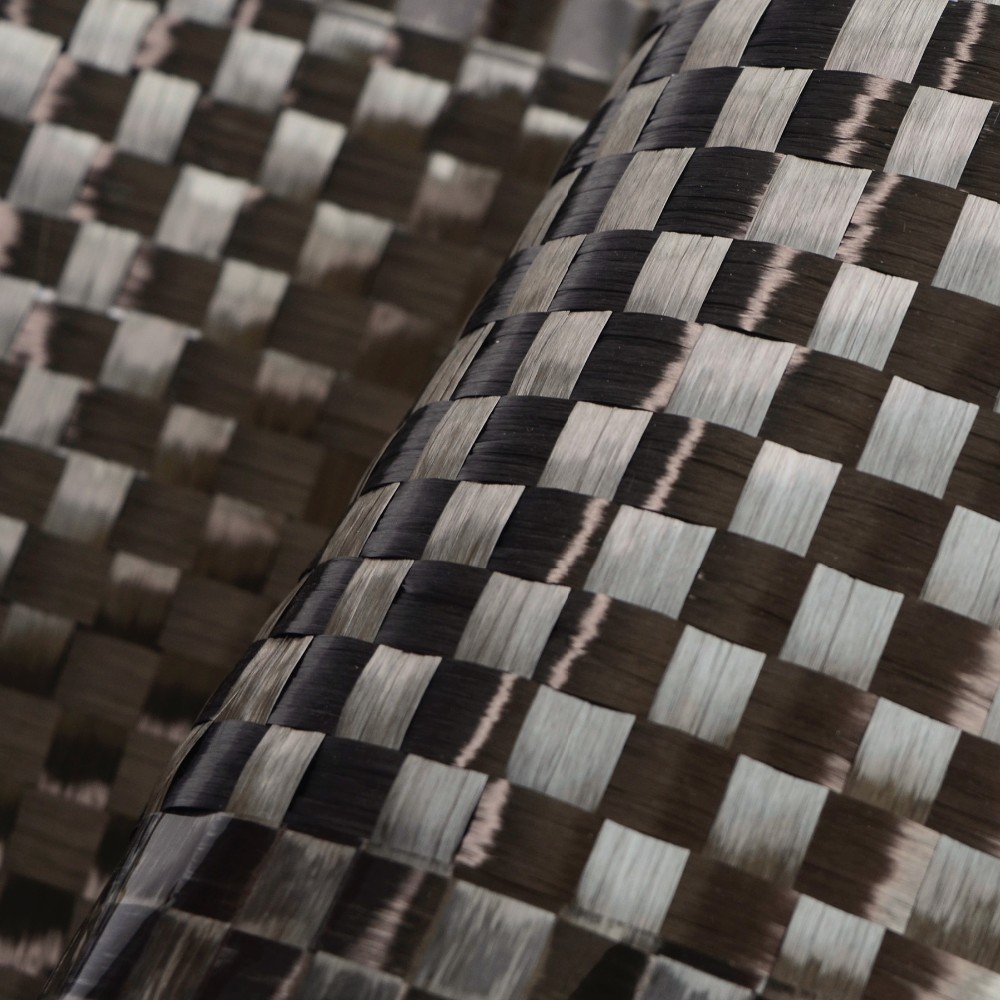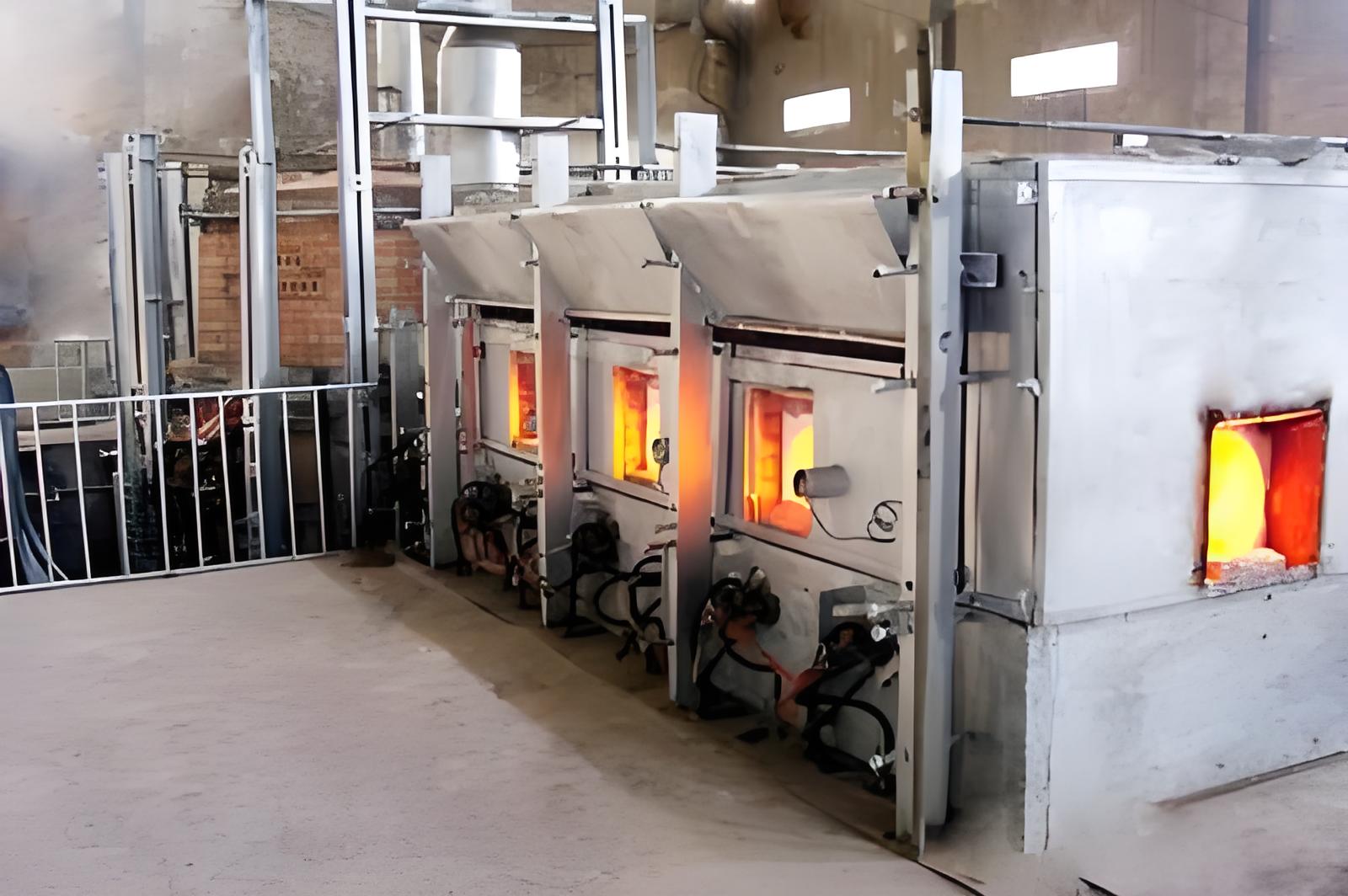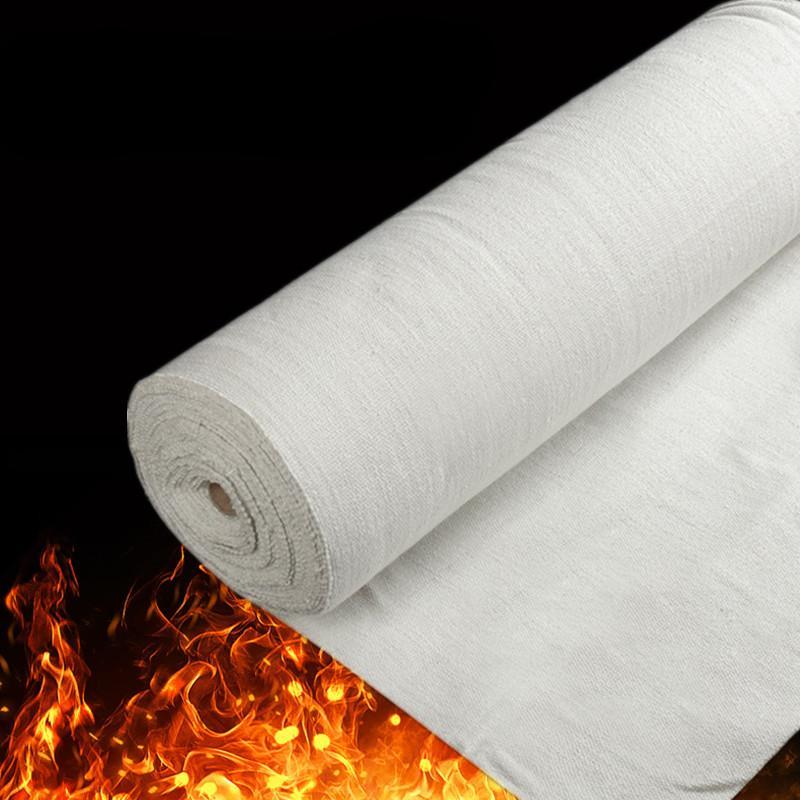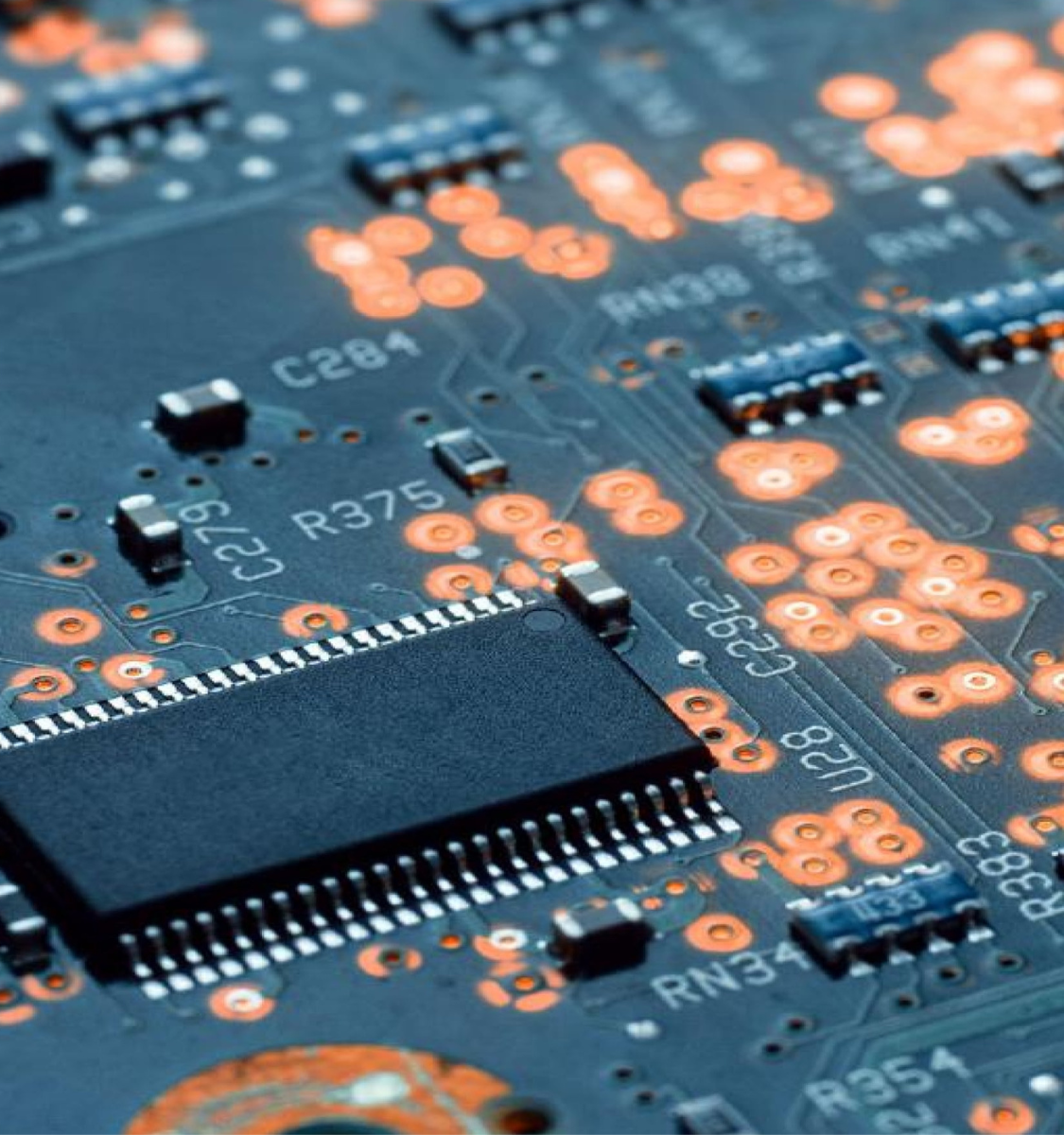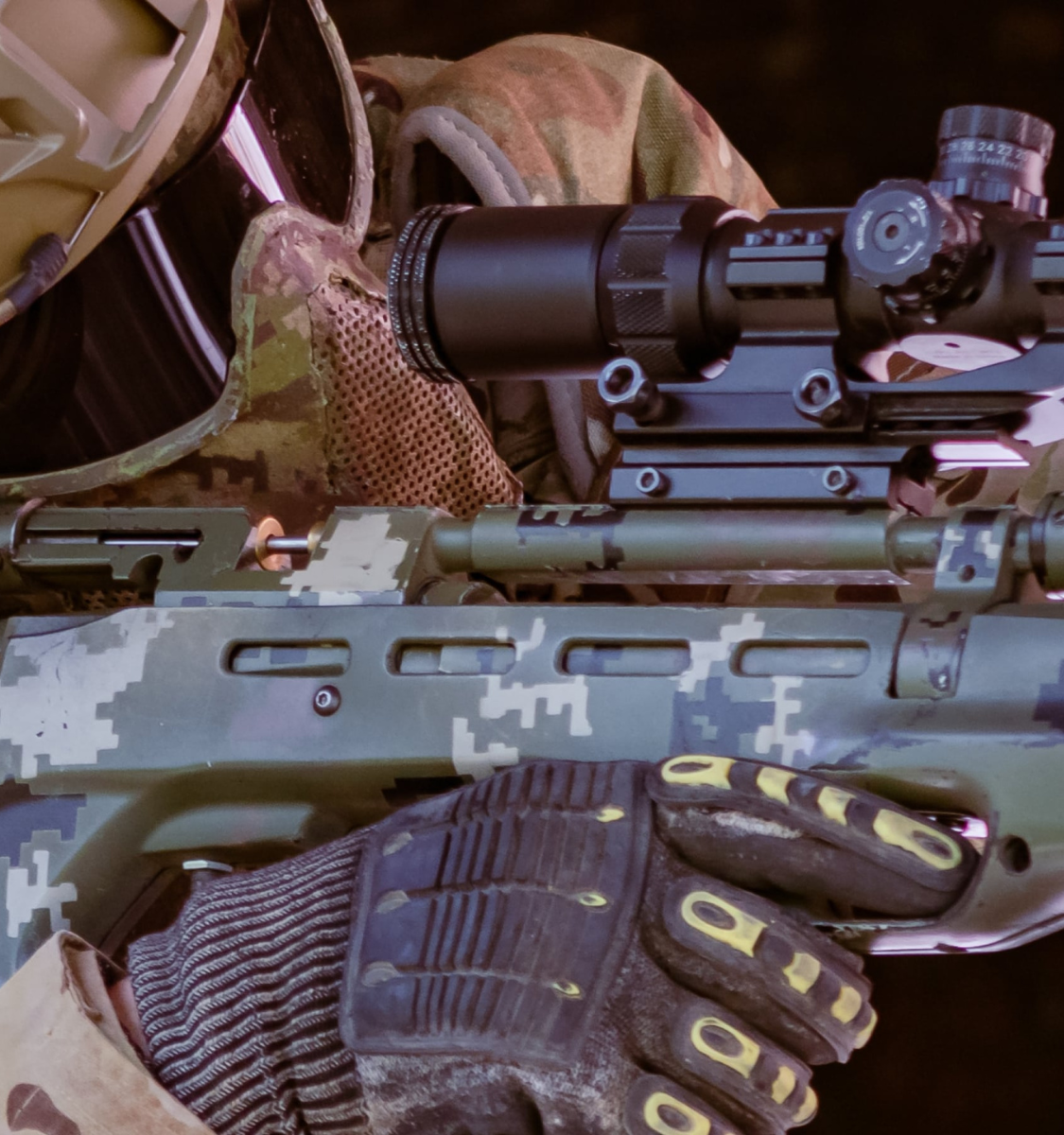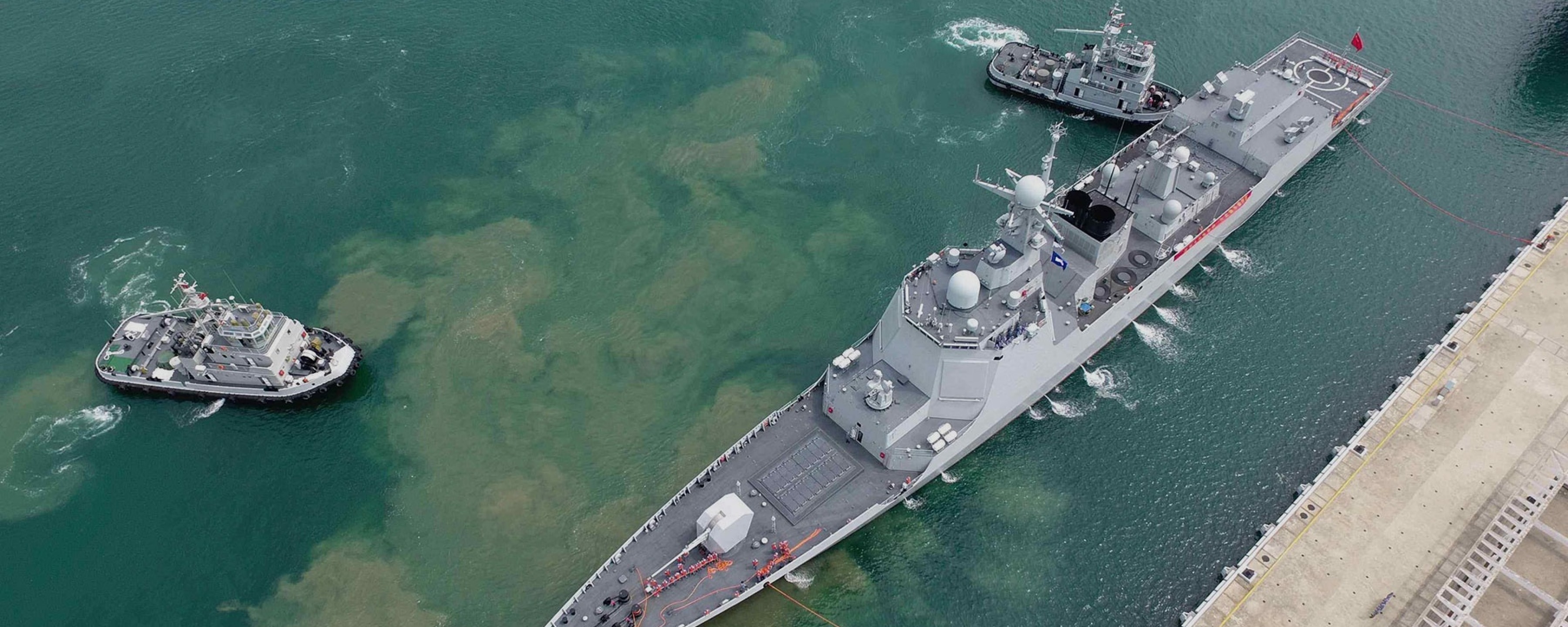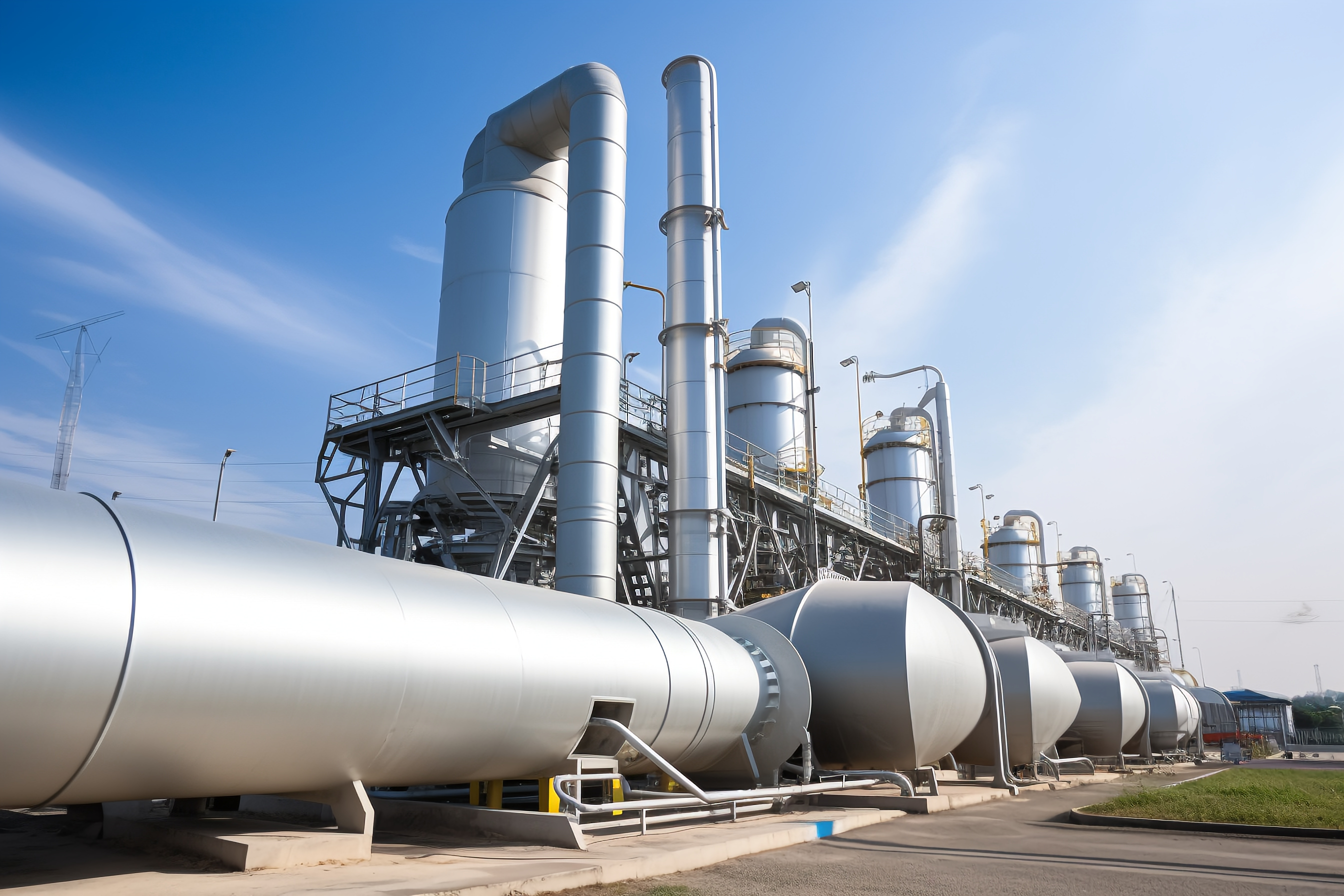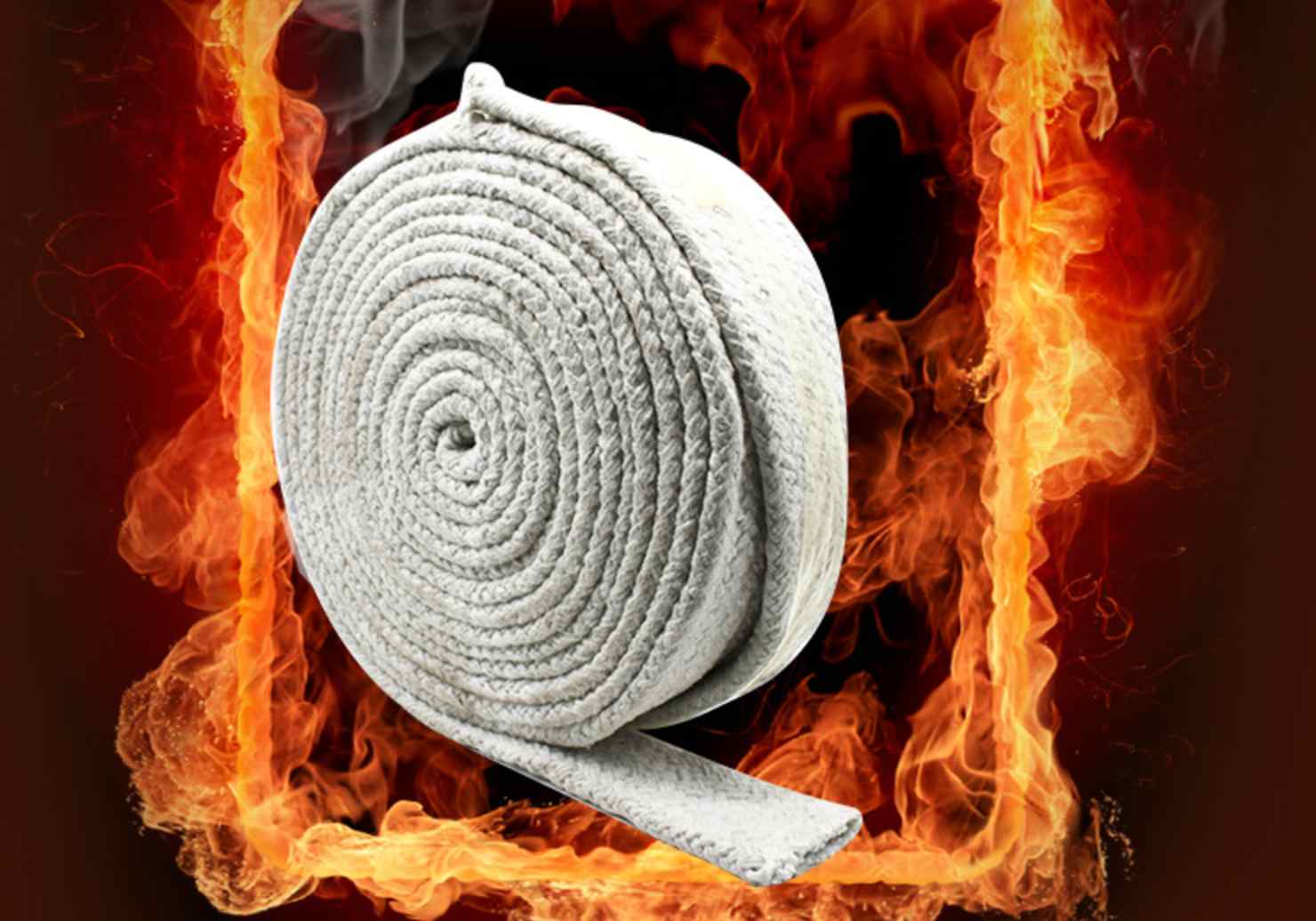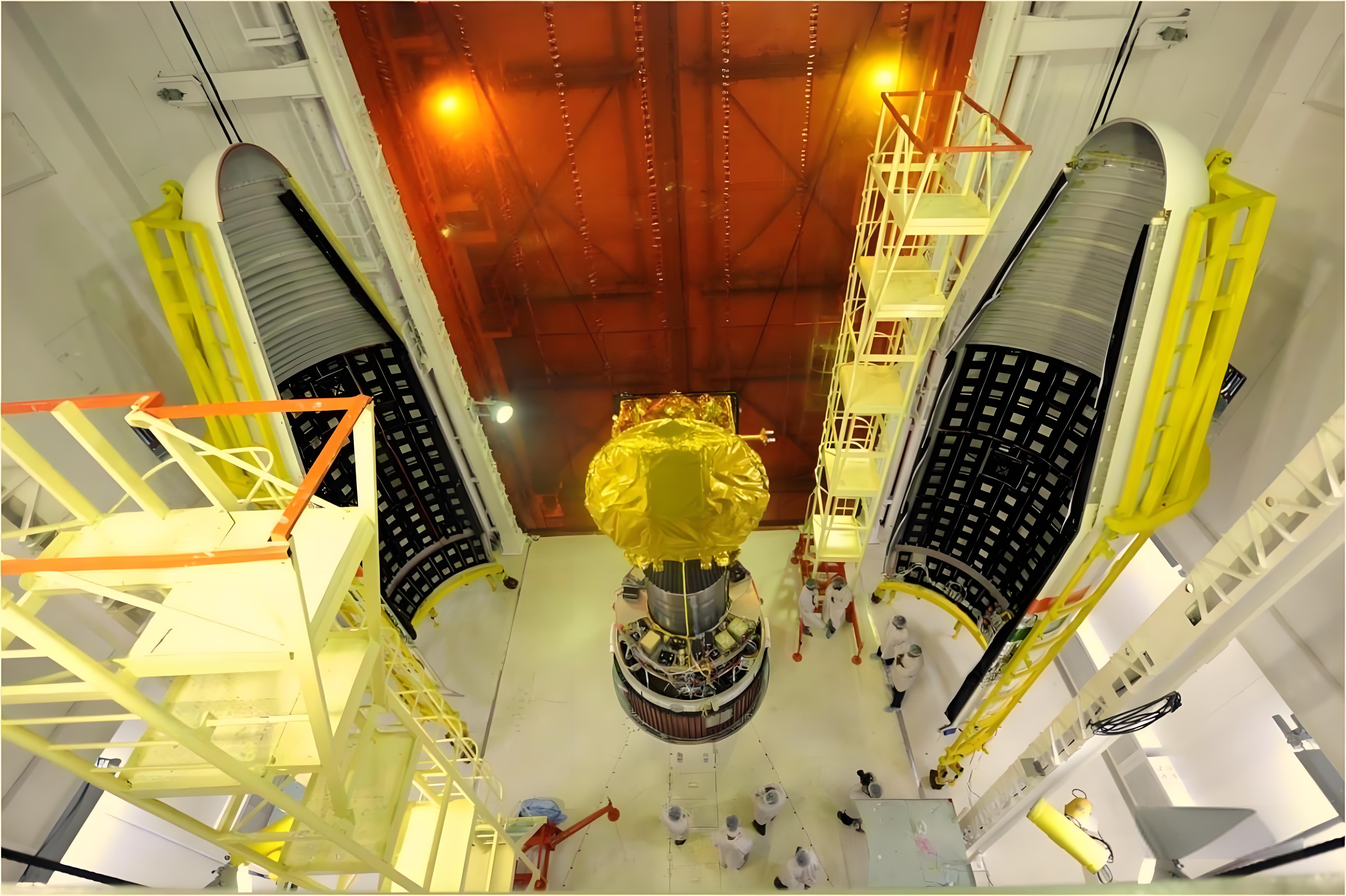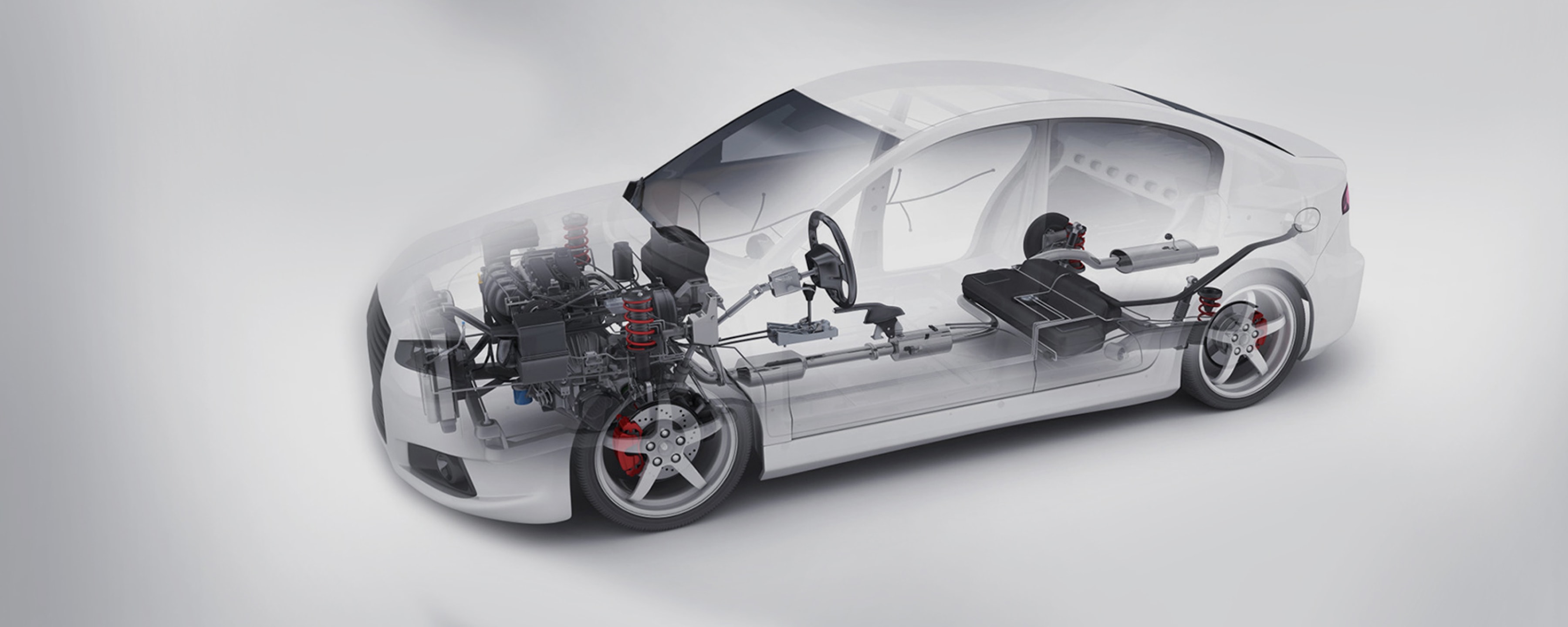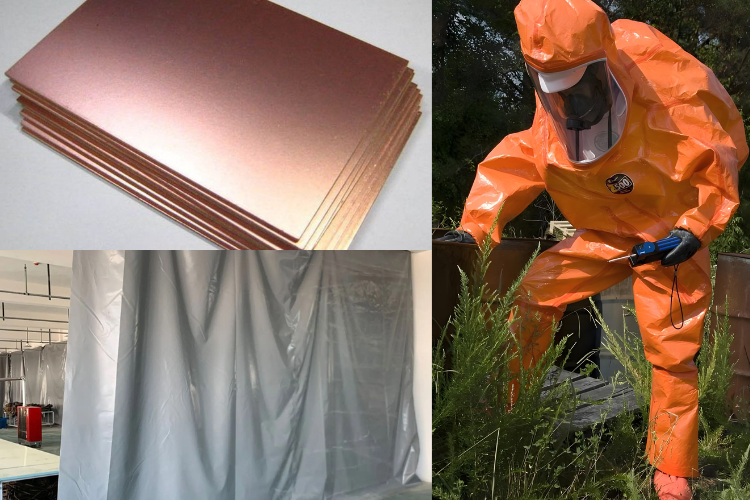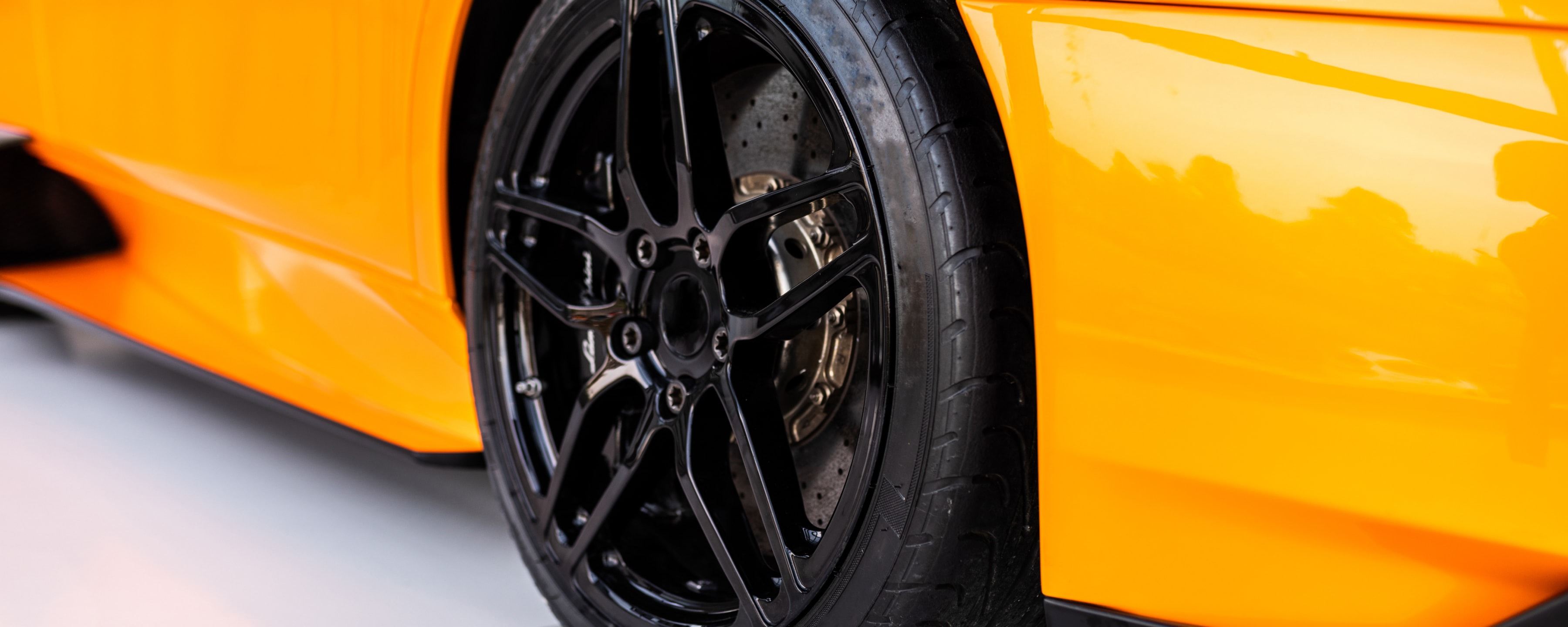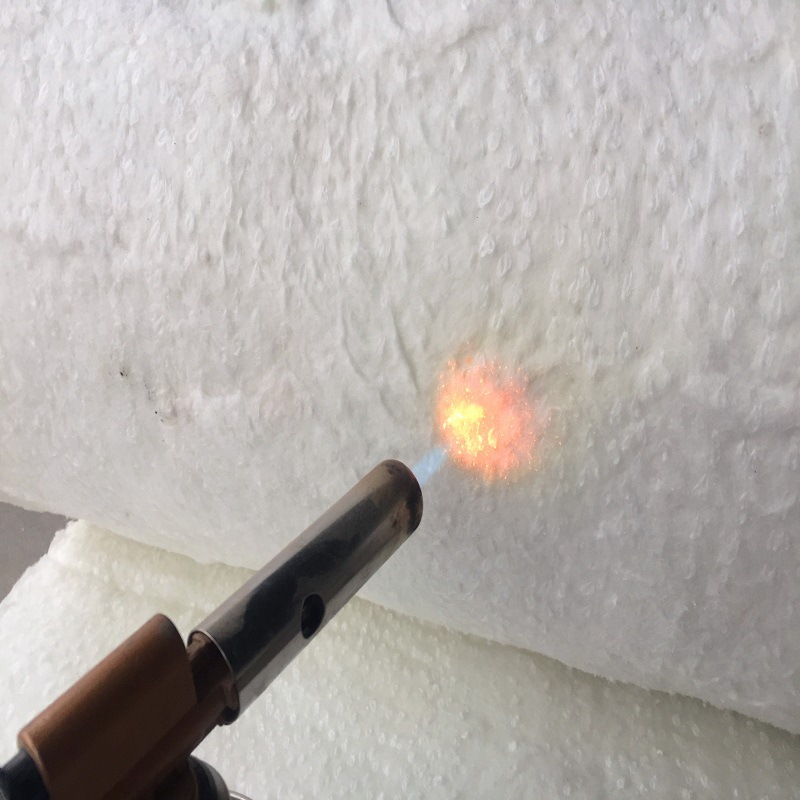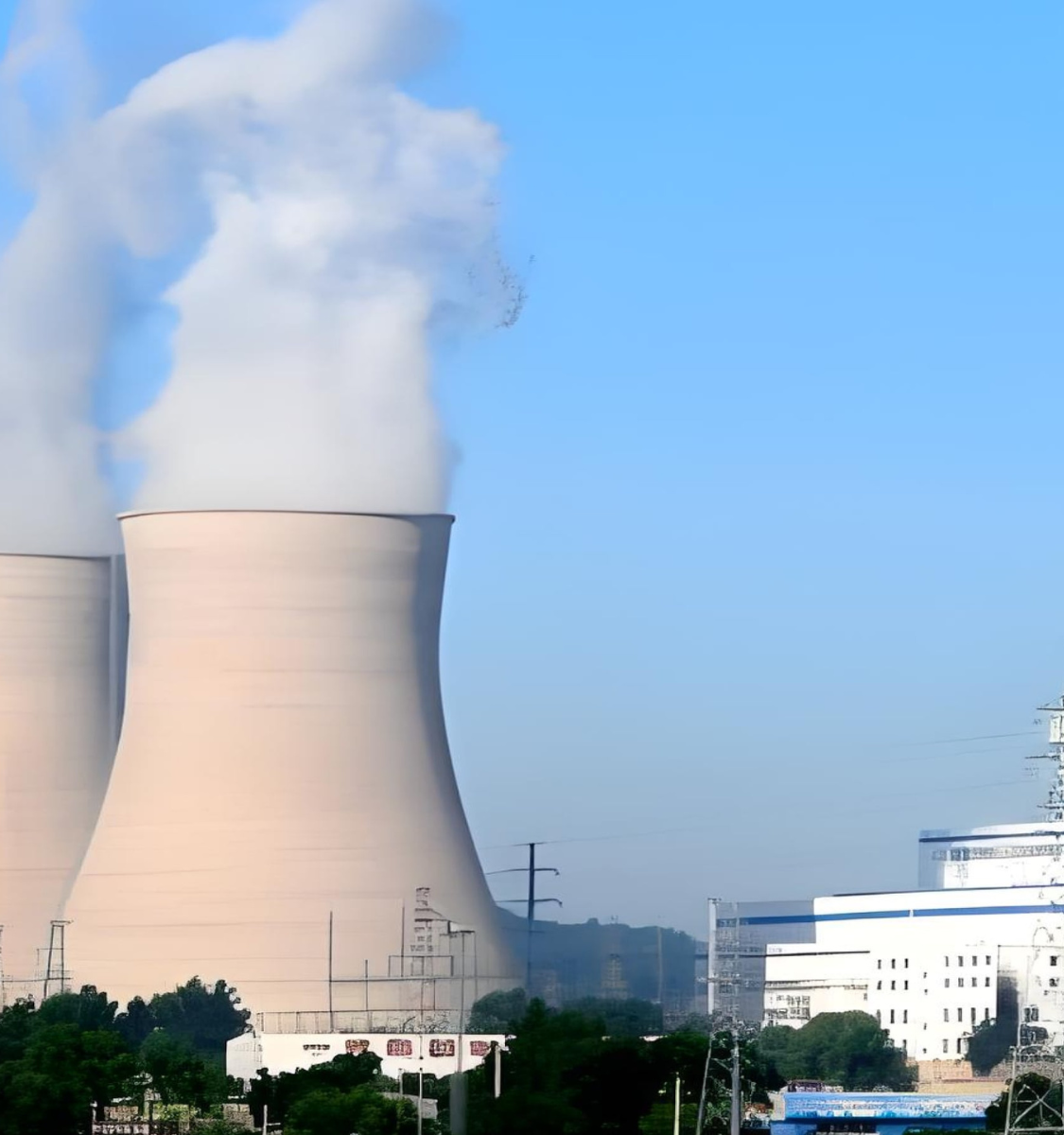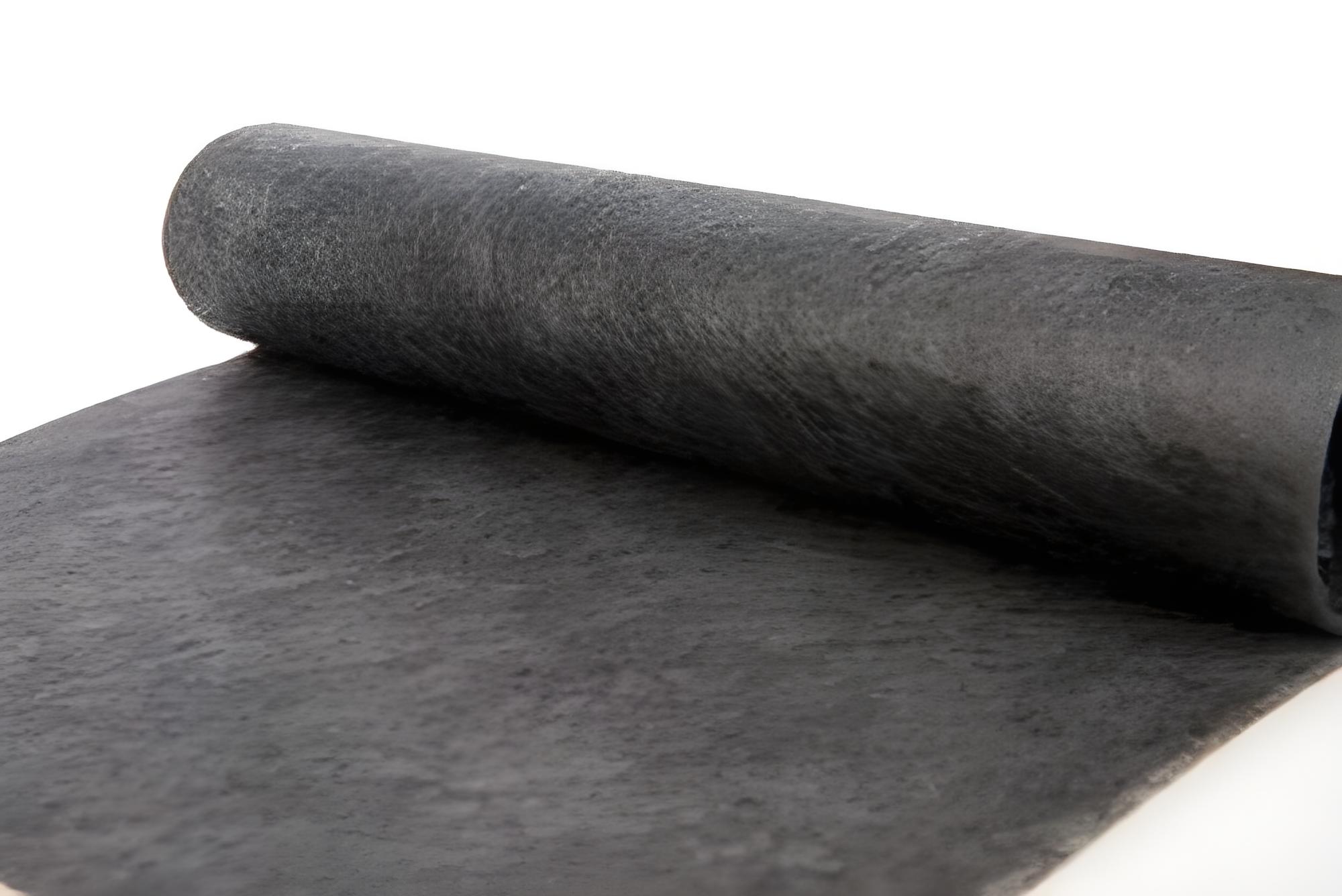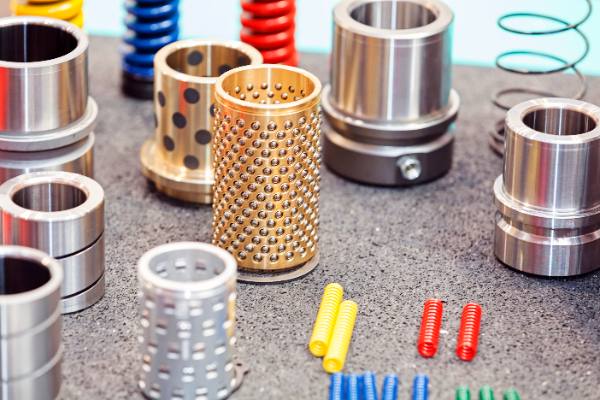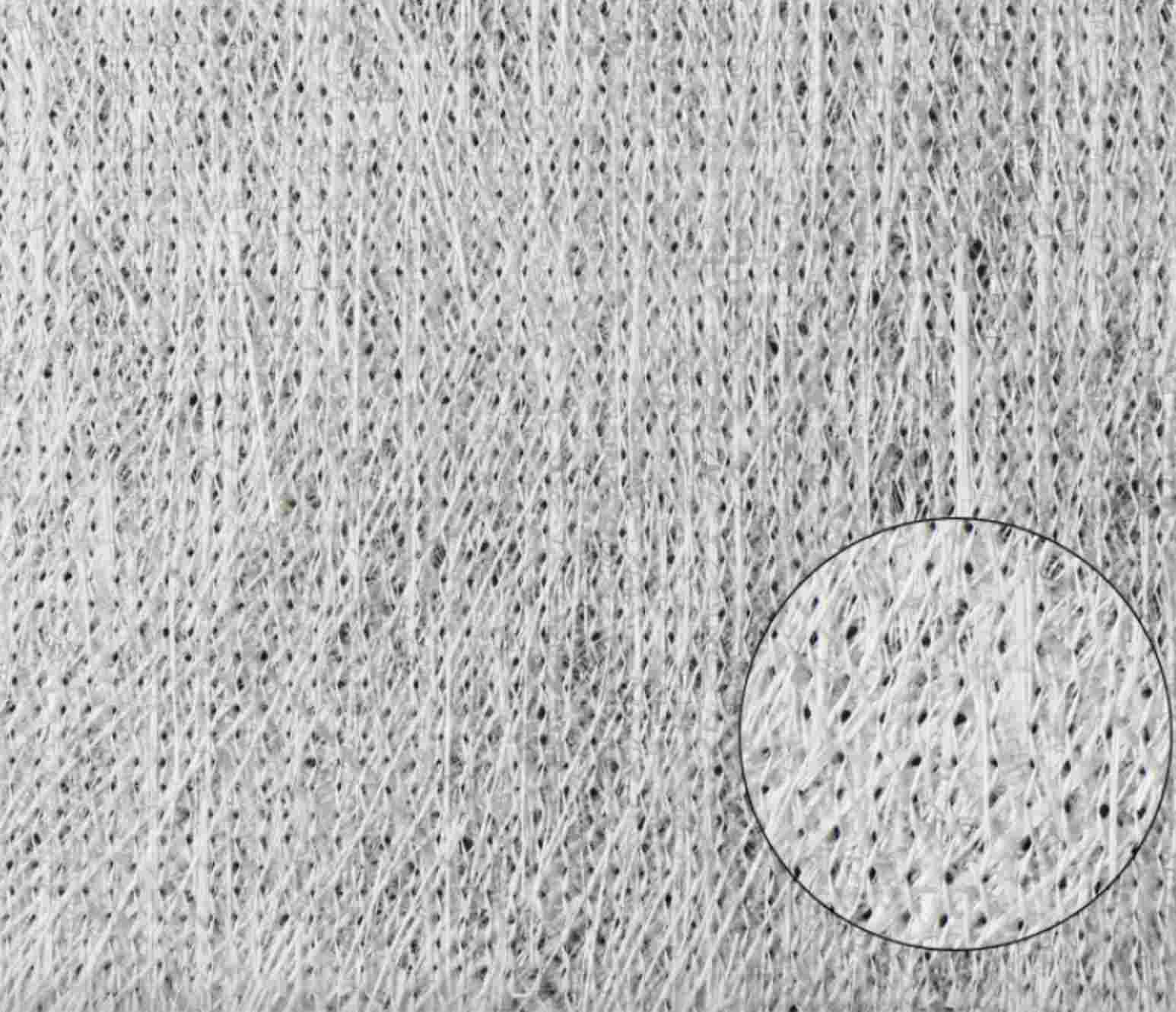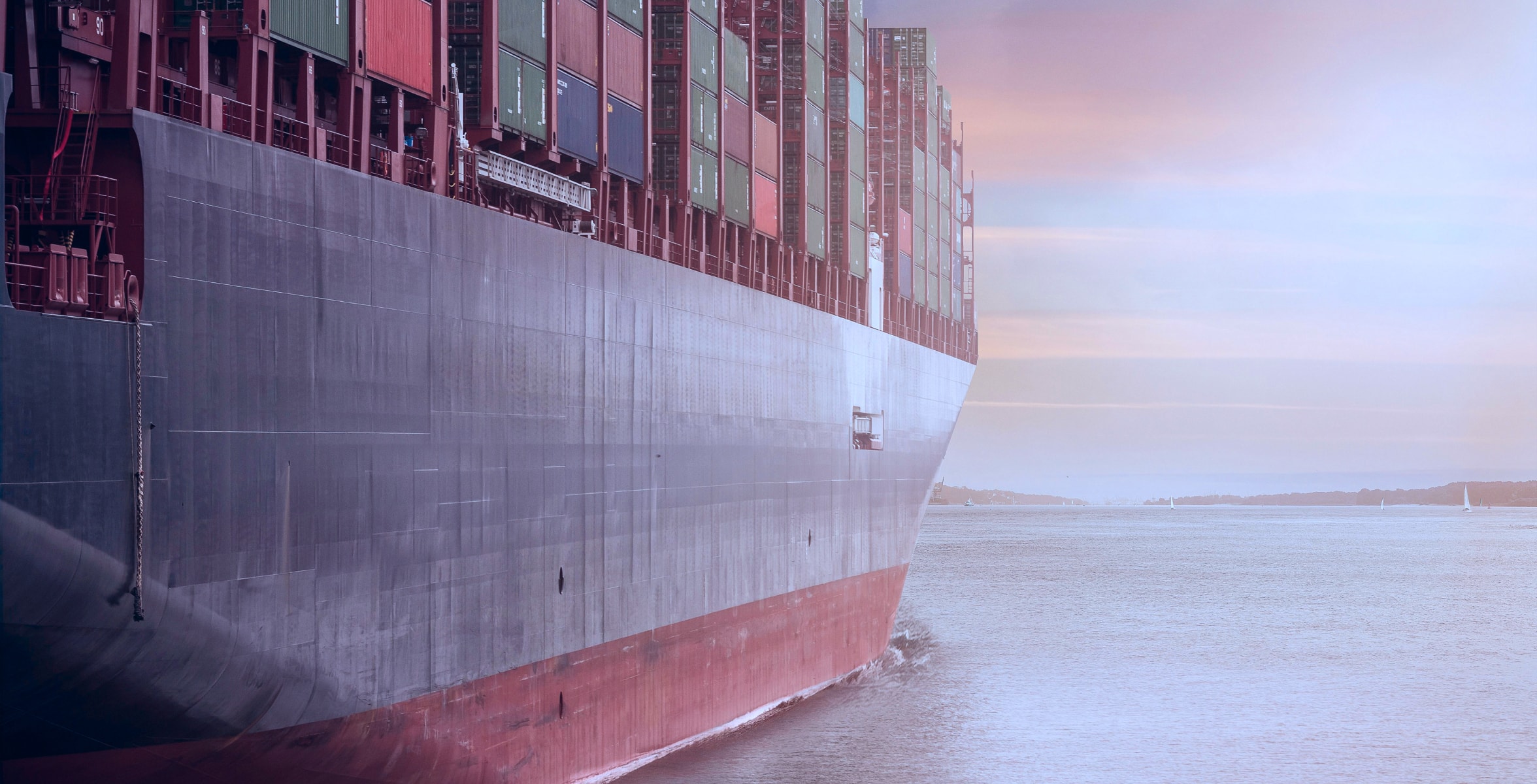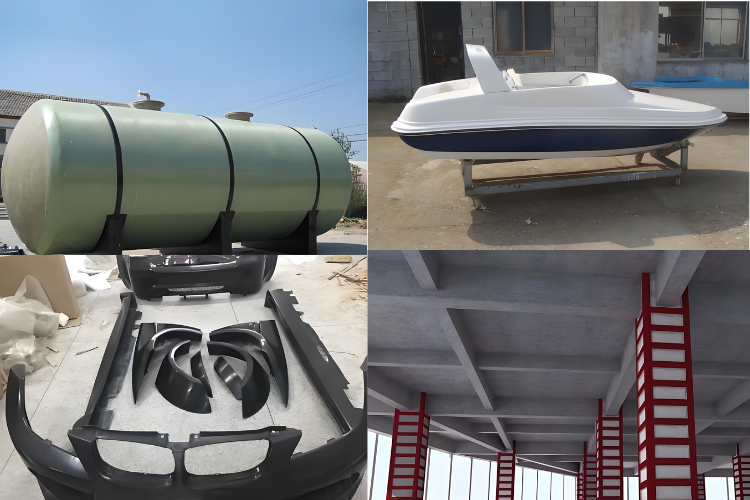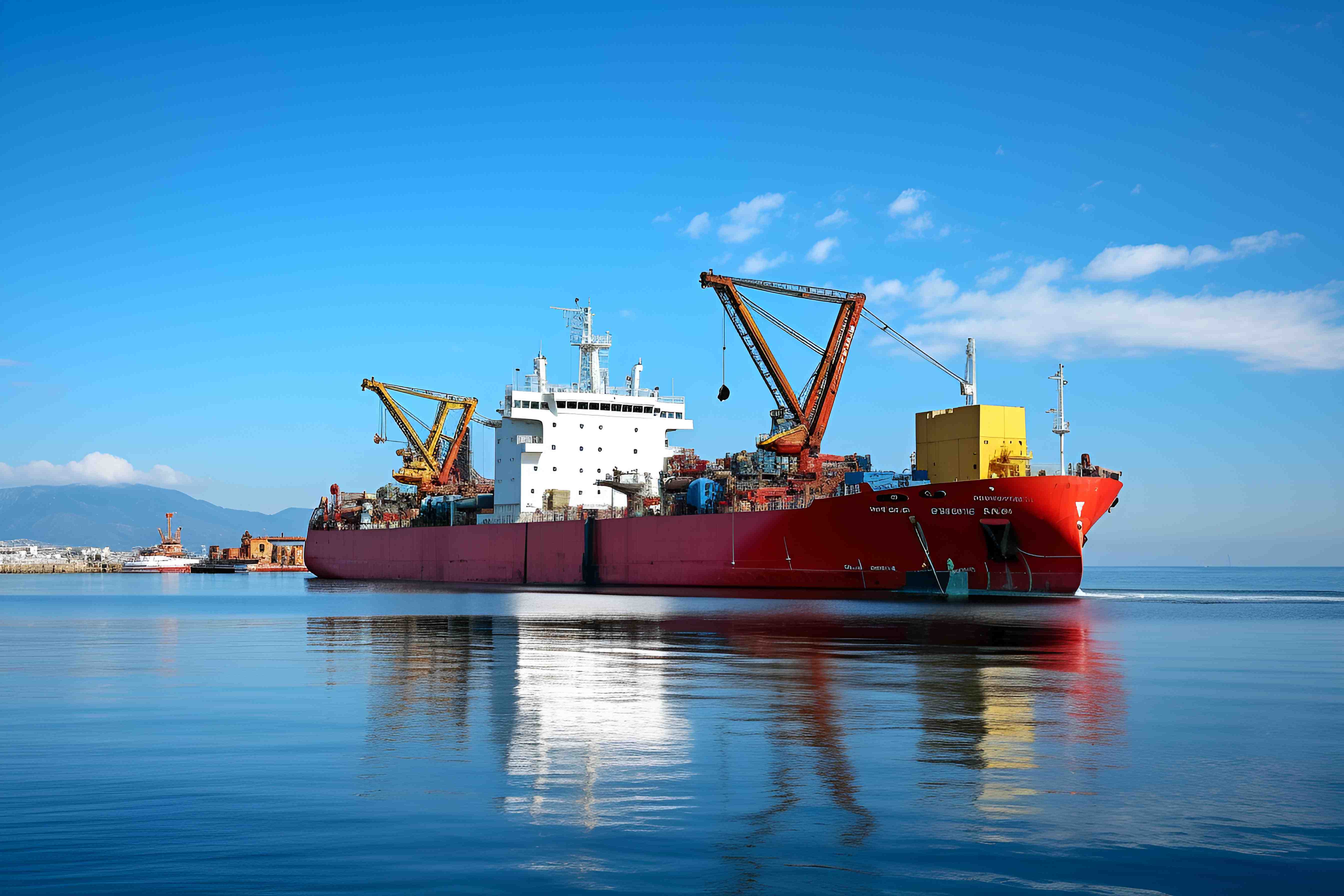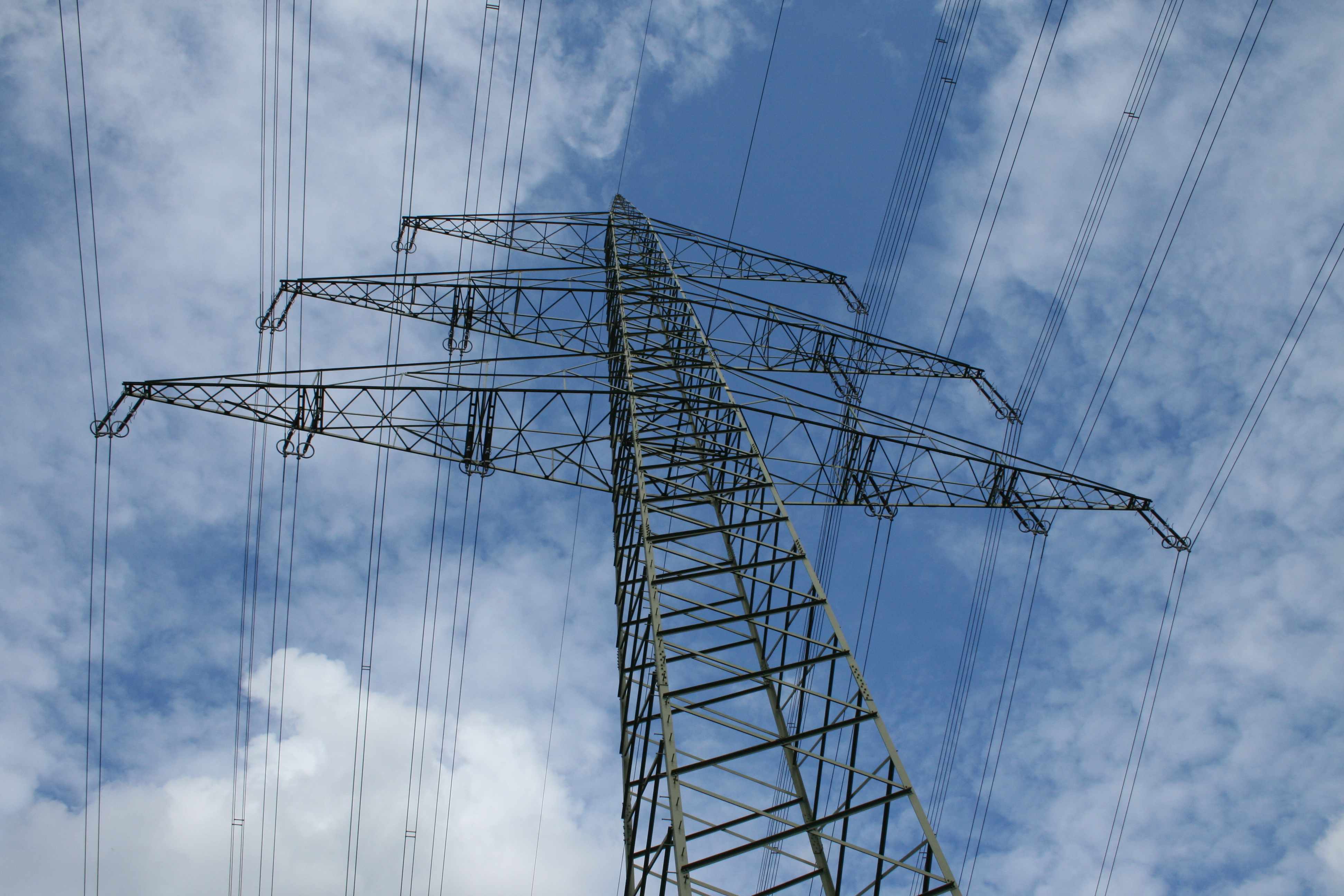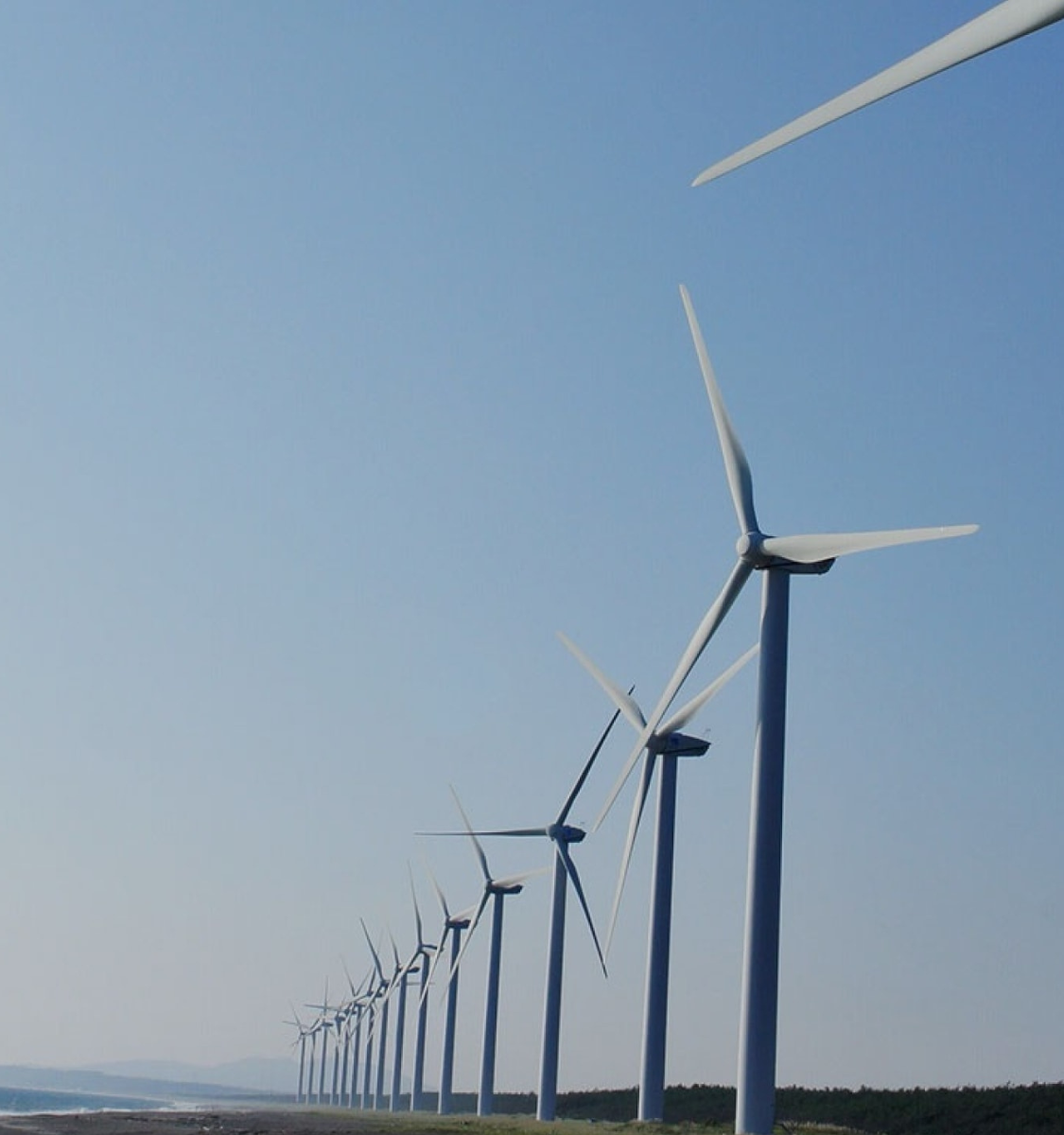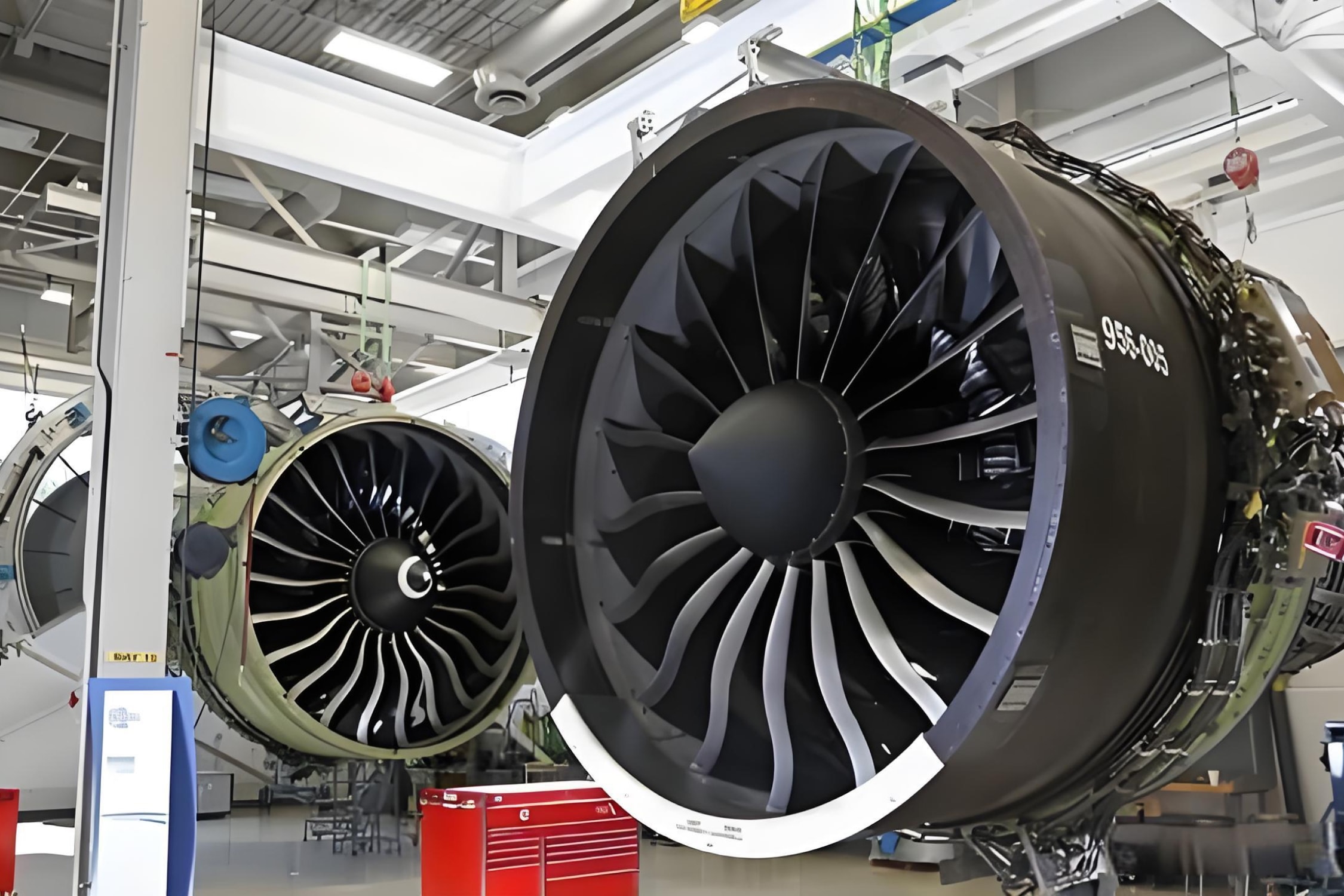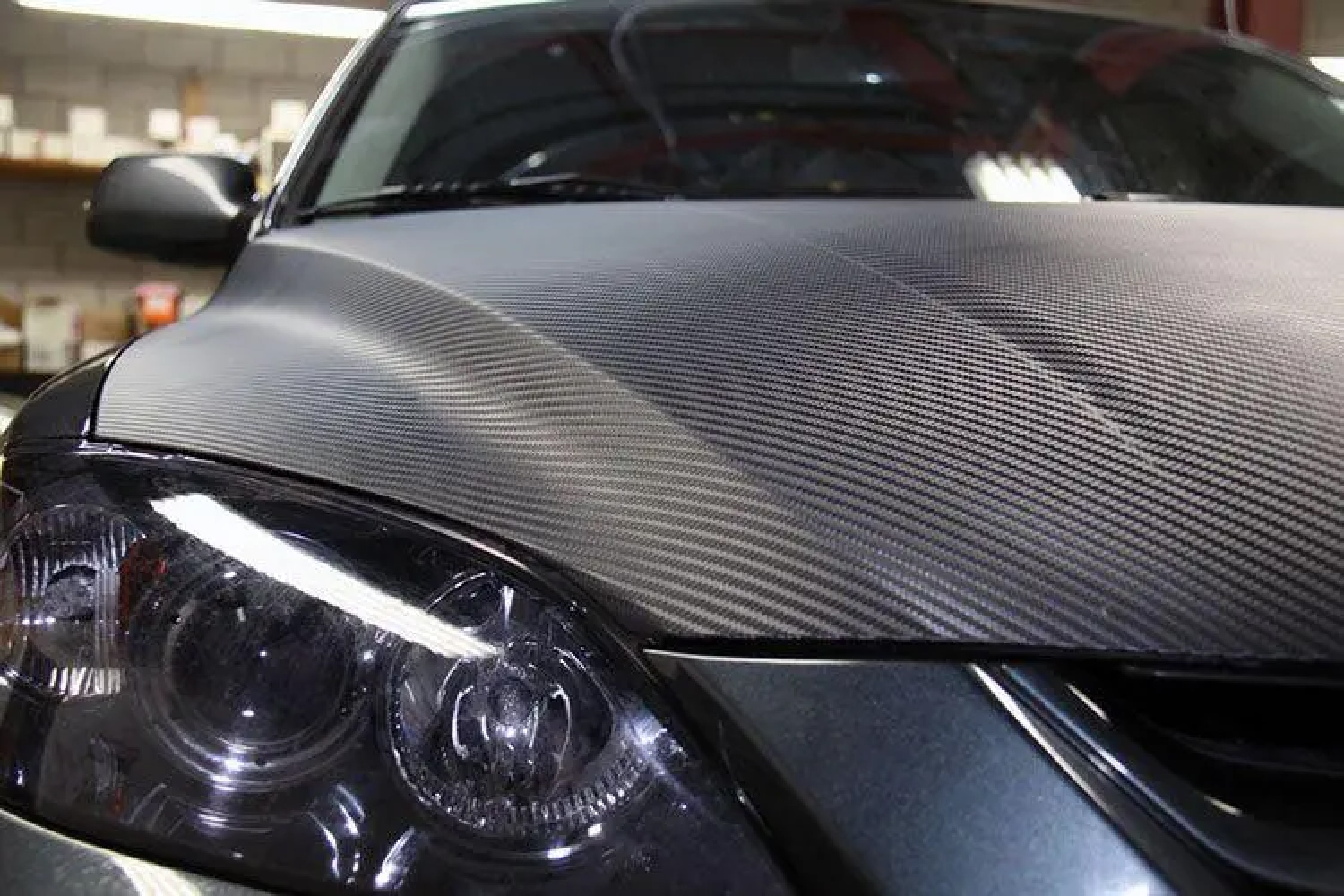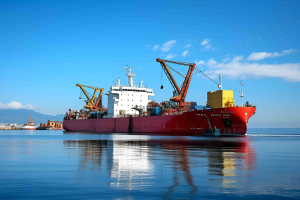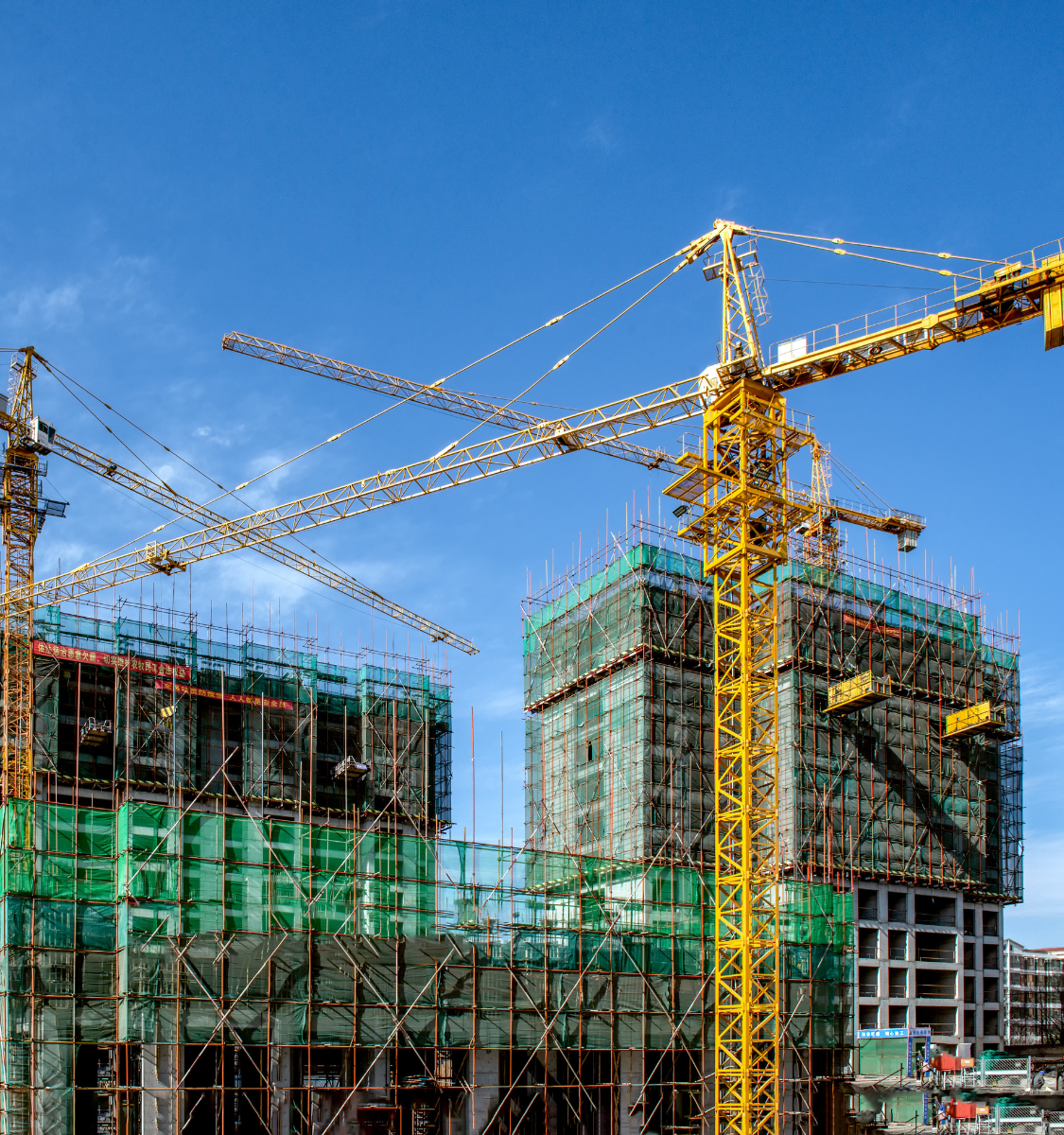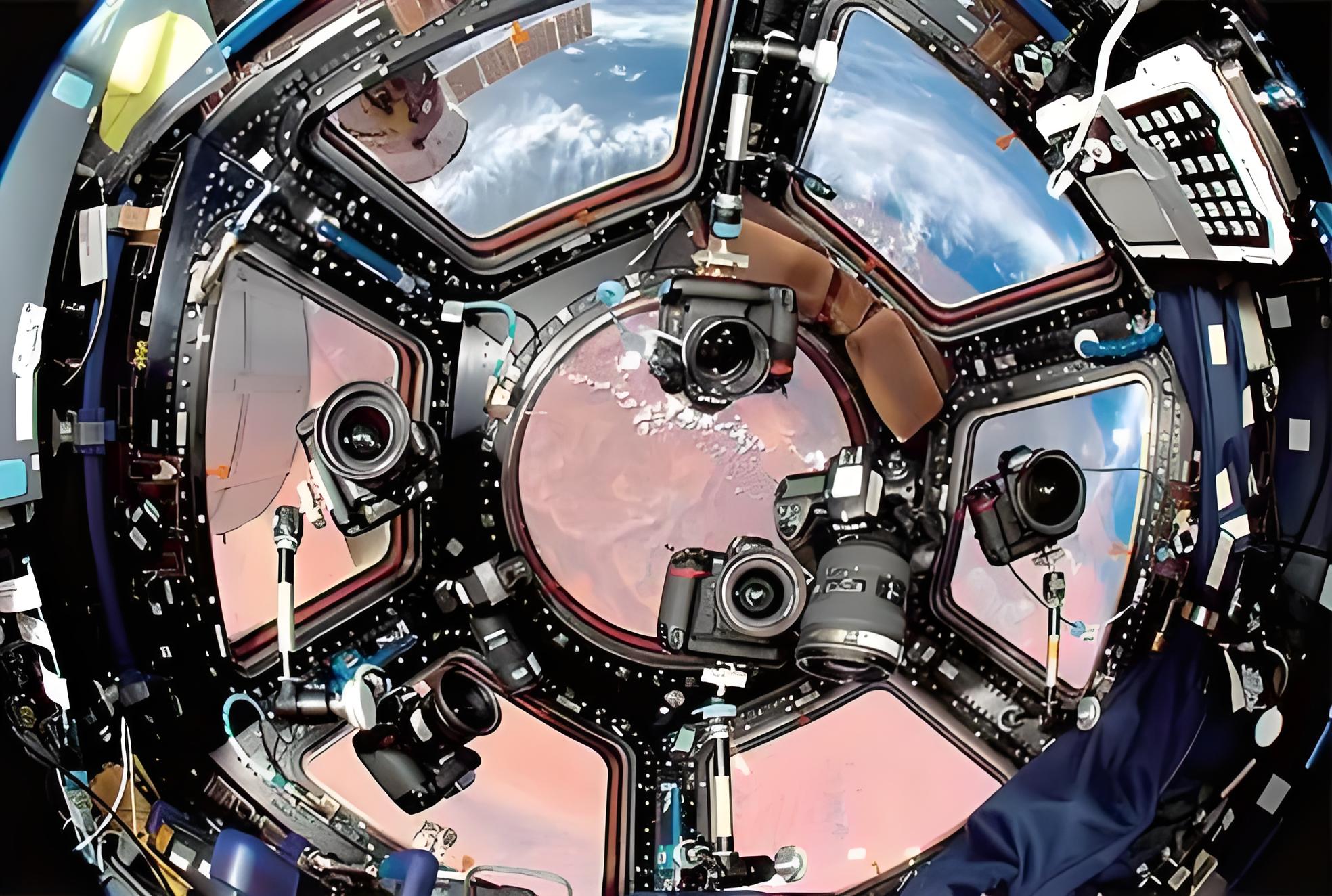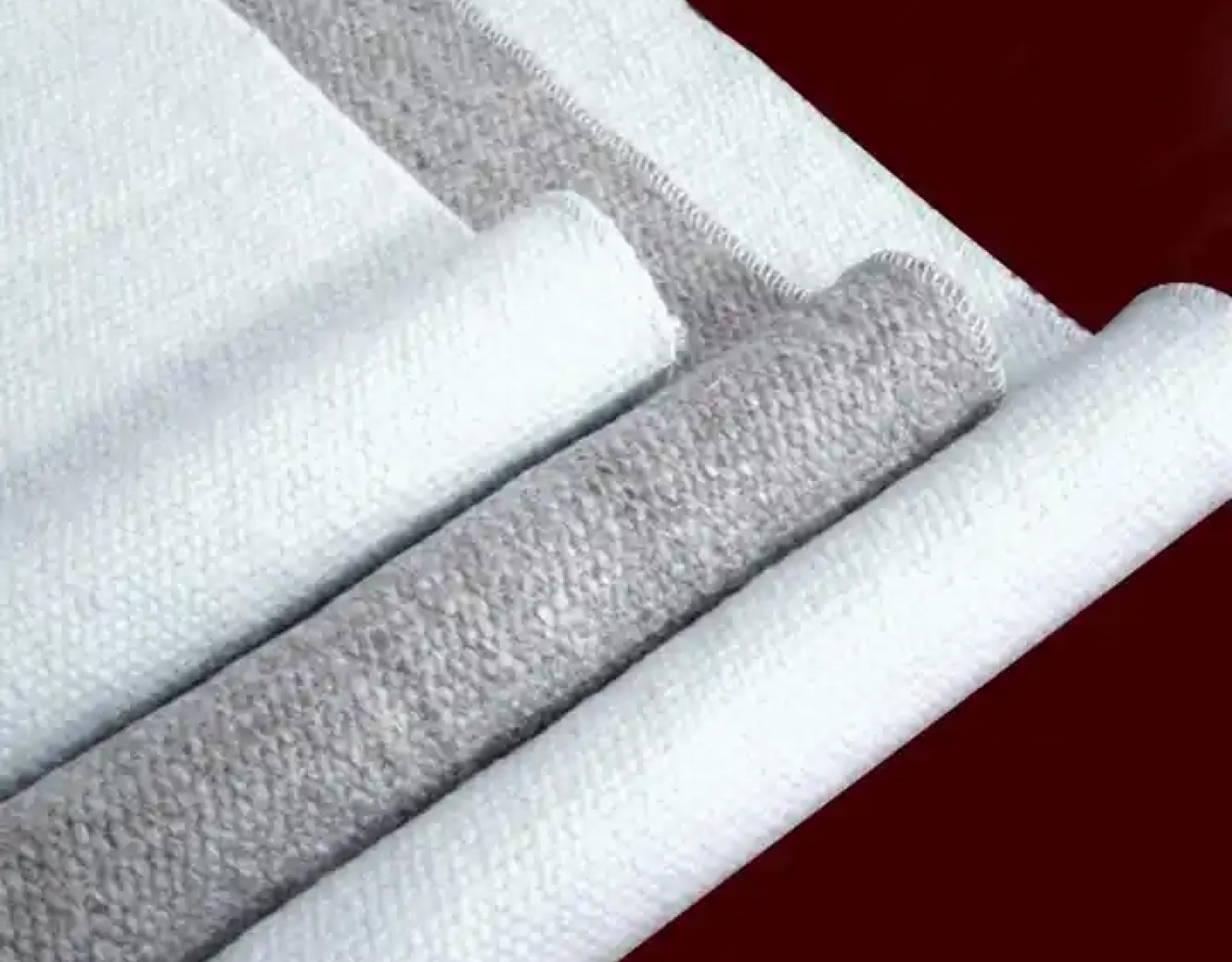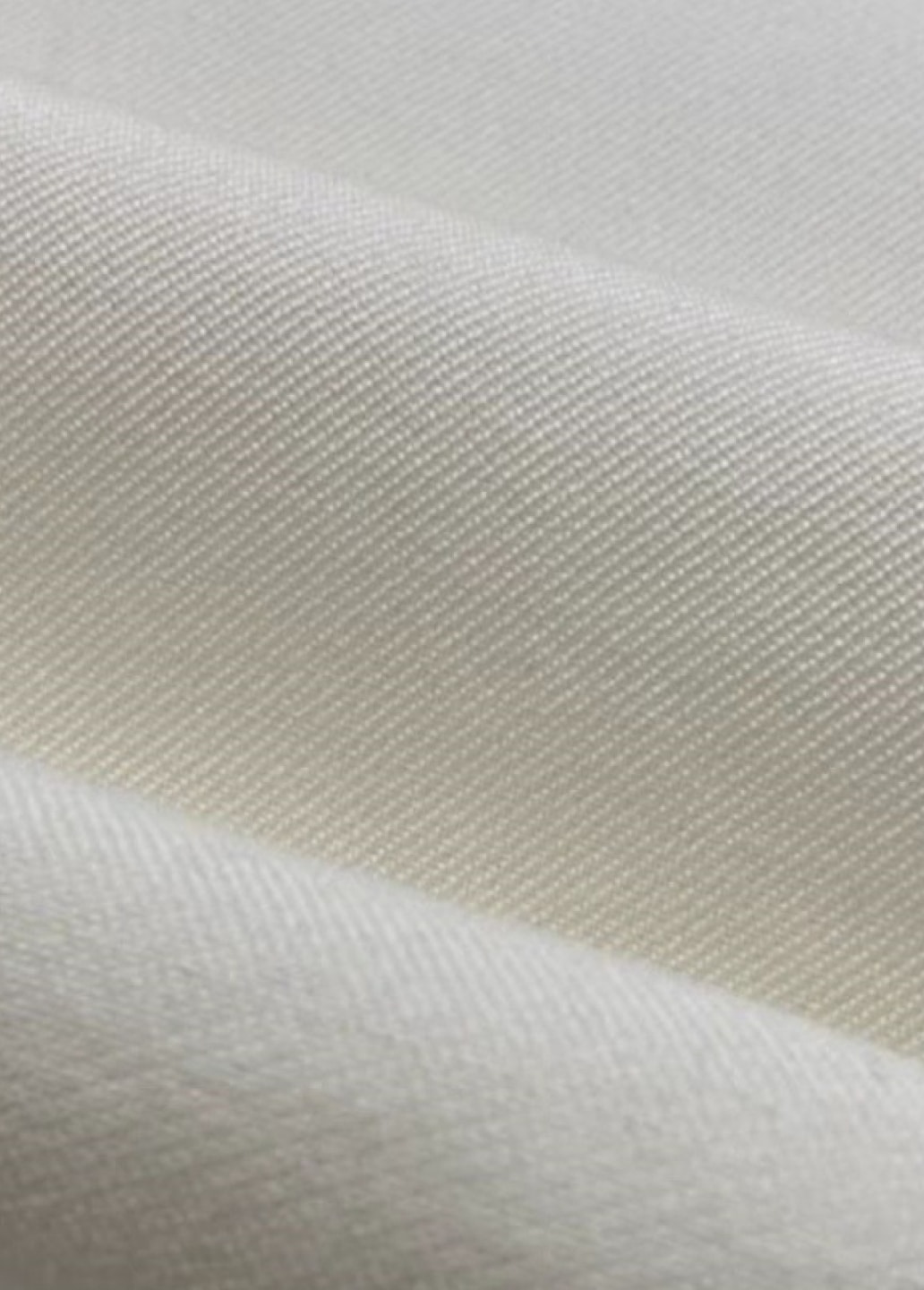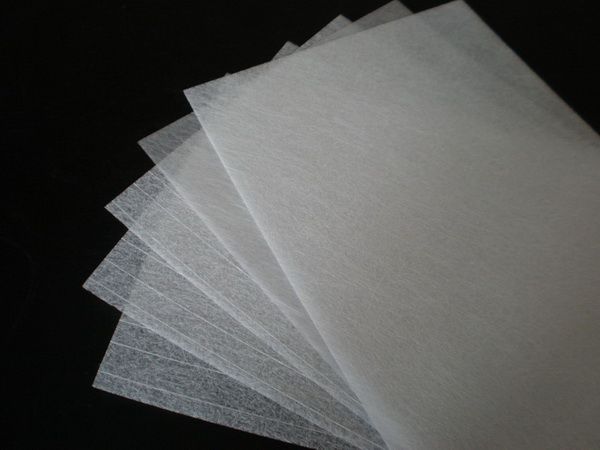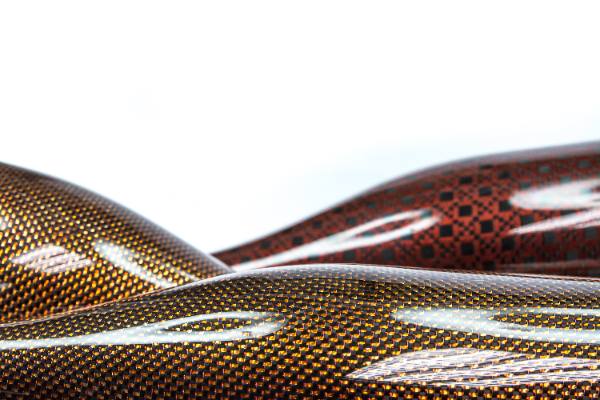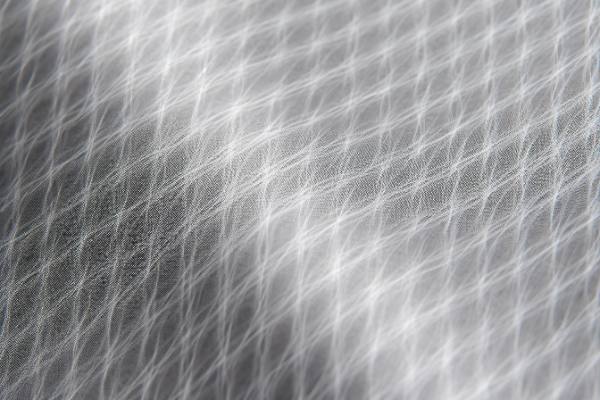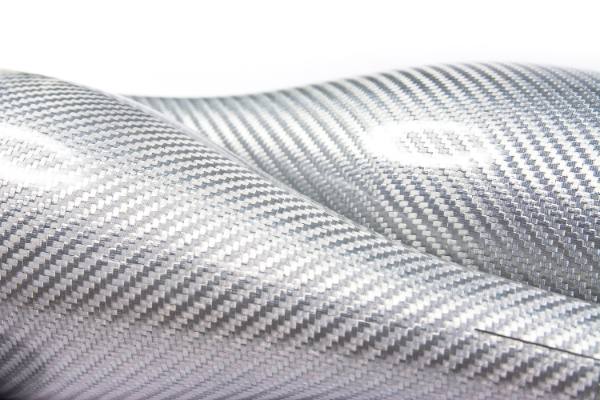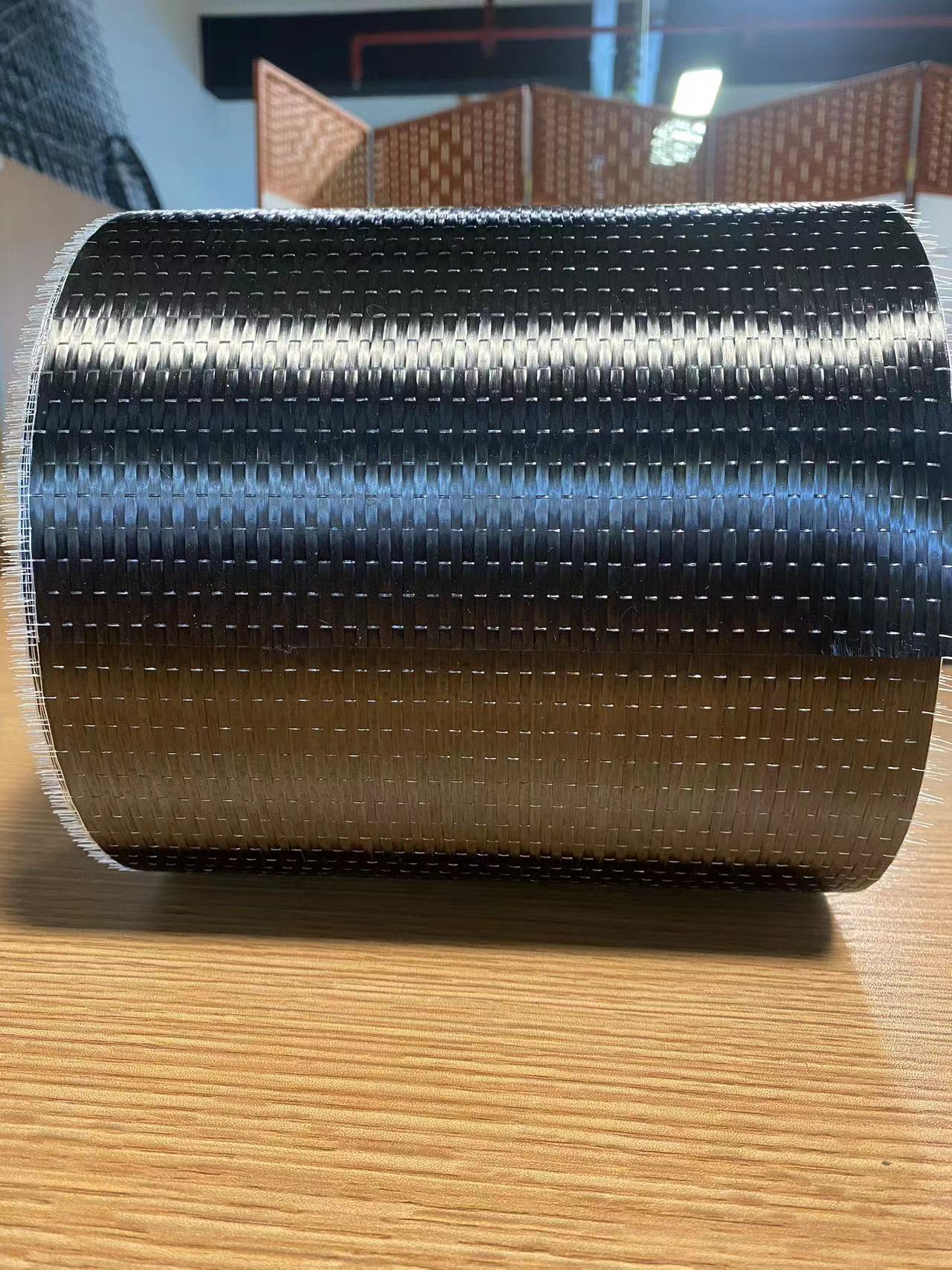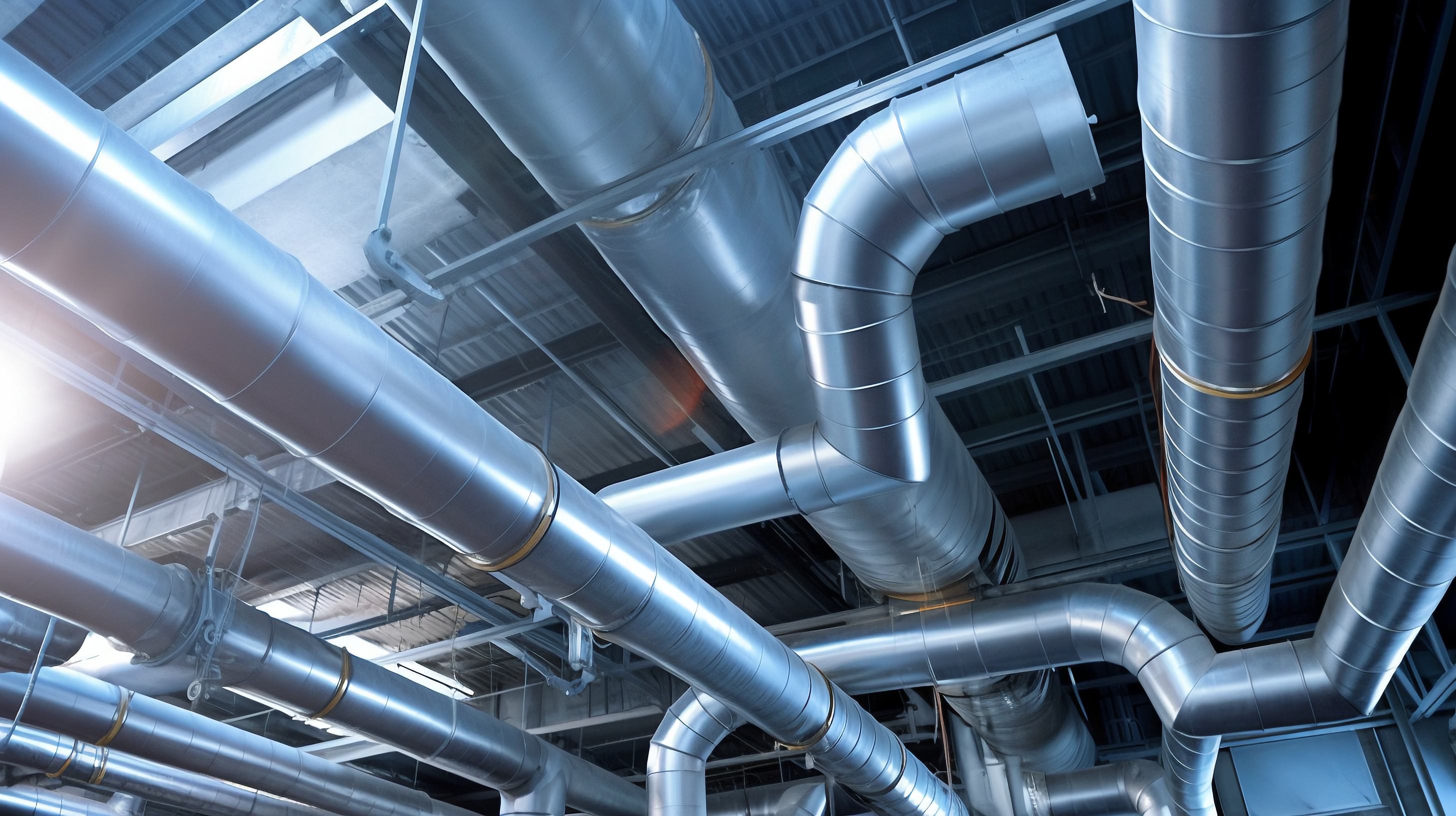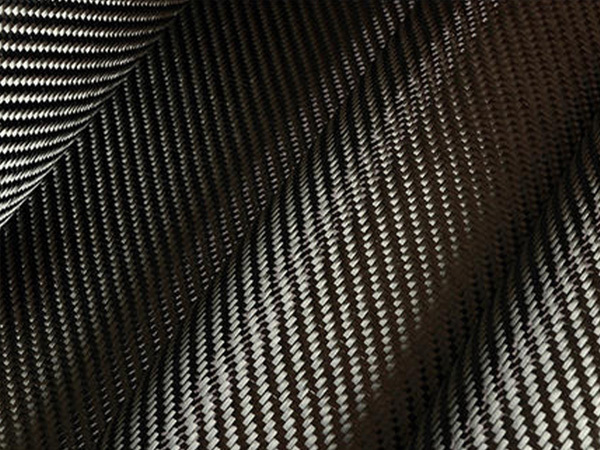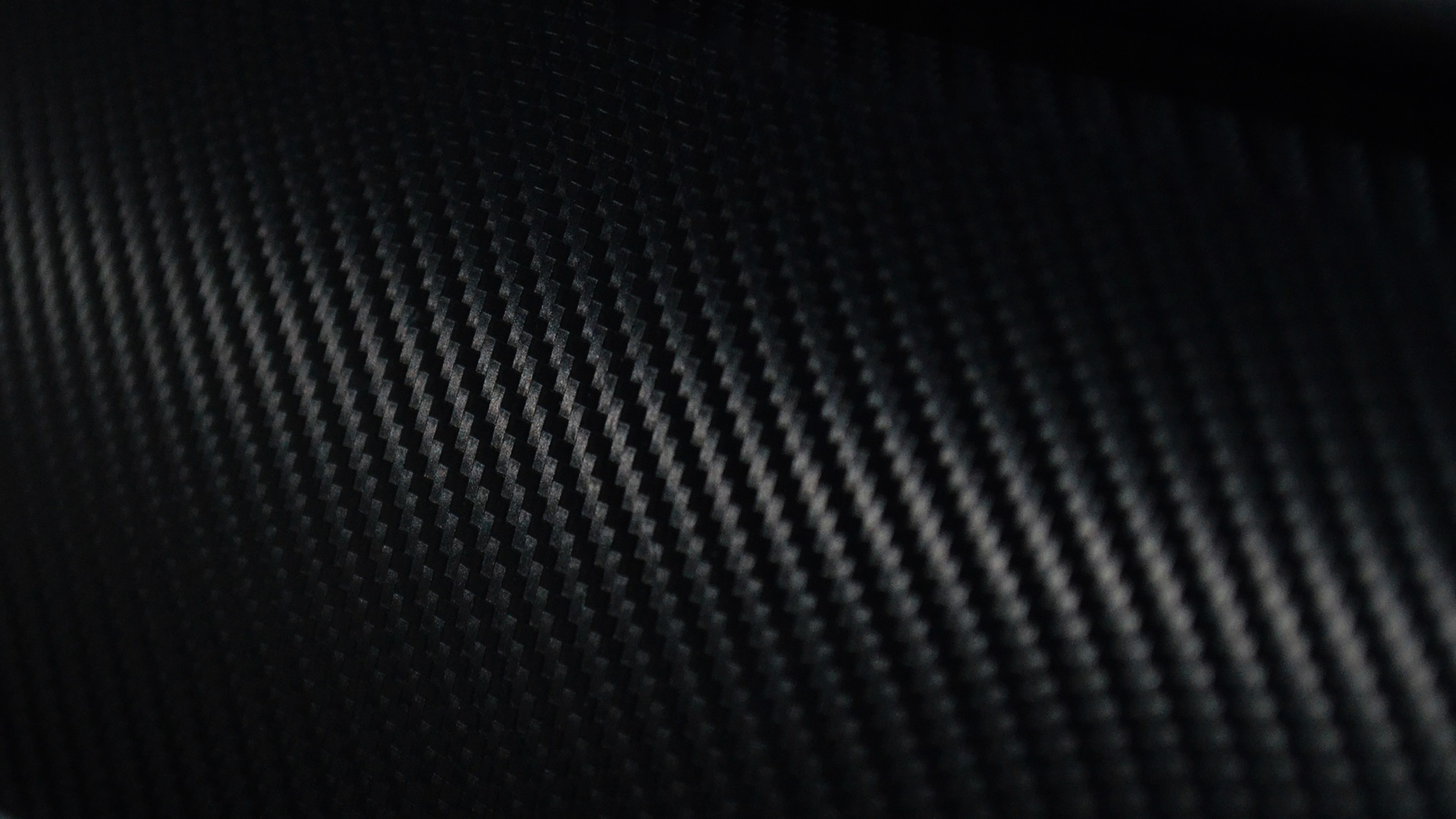+86-13732282311
merlin@xcellentcomposites.com
Let the world benefit from composite materials!
Polyimide Fiber

Polyimide Fiber
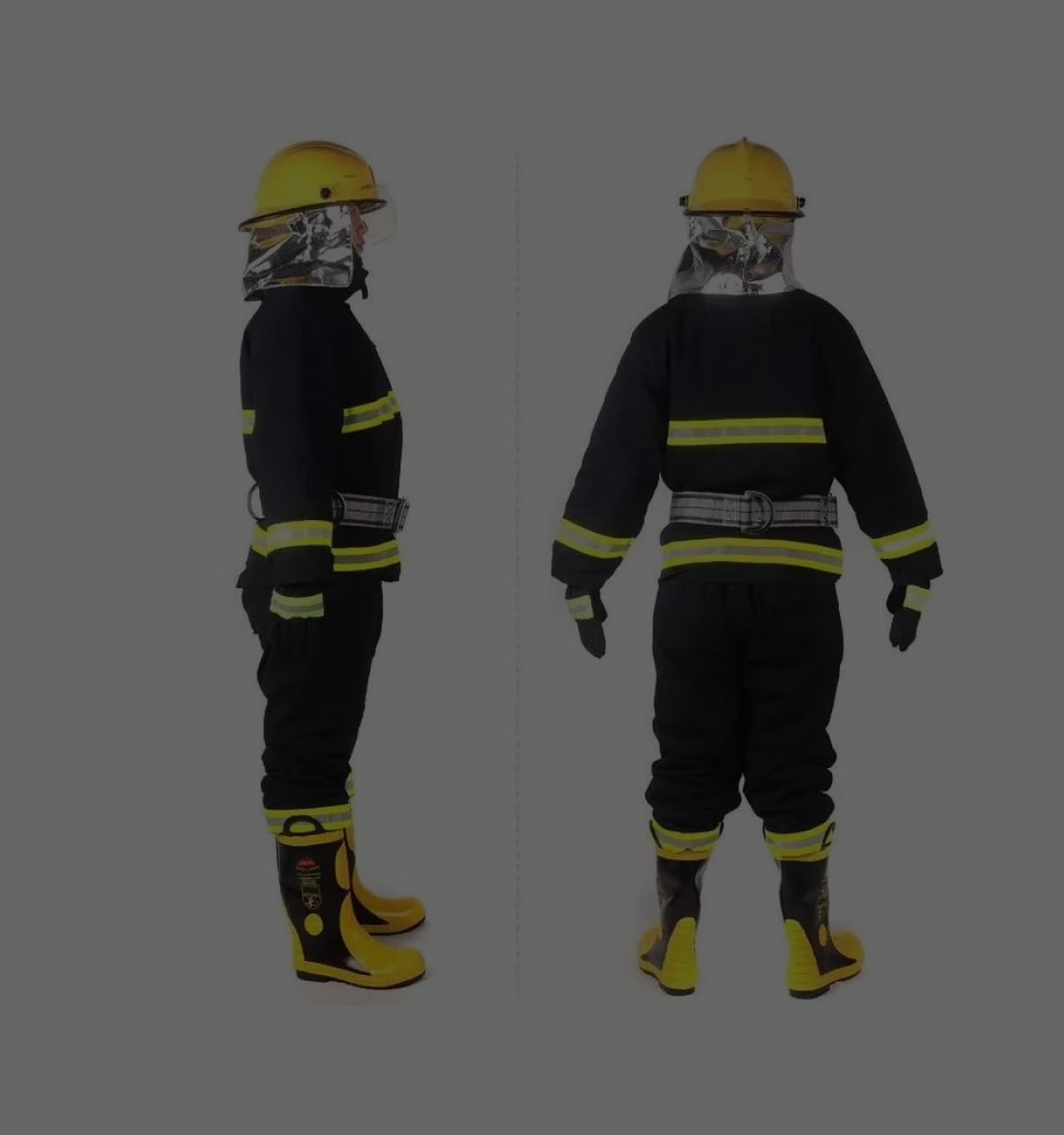
Polyimide Fiber
Polyimide (PI) fibers, often referred to as the "gold of engineers", are a type of high-performance engineering plastic known for their excellent heat resistance, mechanical properties, and chemical stability, making them ideal for extreme environments. These fibers are produced through a specialized polymerization process and can maintain their physical properties over a wide temperature range, making them suitable for aerospace, electronics manufacturing, and high-temperature industrial applications.
Xcellent Composites focuses on developing advanced textile applications for polyimide fiber reinforcements, including heat-resistant fabrics, insulation coatings, and filtration media. Our PI fiber products are highly regarded in demanding industries for their durability and versatility. Committed to innovation, Xcellent continually explores new applications for polyimide fibers to push the boundaries of material science and meet the global market's demand for high-end industrial materials.
Polyimide (PI) fibers, often referred to as the "gold of engineers", are a type of high-performance engineering plastic known for their excellent heat resistance, mechanical properties, and chemical stability, making them ideal for extreme environments. These fibers are produced through a specialized polymerization process and can maintain their physical properties over a wide temperature range, making them suitable for aerospace, electronics manufacturing, and high-temperature industrial applications.
Xcellent Composites focuses on developing advanced textile applications for polyimide fiber reinforcements, including heat-resistant fabrics, insulation coatings, and filtration media. Our PI fiber products are highly regarded in demanding industries for their durability and versatility. Committed to innovation, Xcellent continually explores new applications for polyimide fibers to push the boundaries of material science and meet the global market's demand for high-end industrial materials.
Our Polyimide Fiber Reinforcements
Our Polyimide Fiber Reinforcements
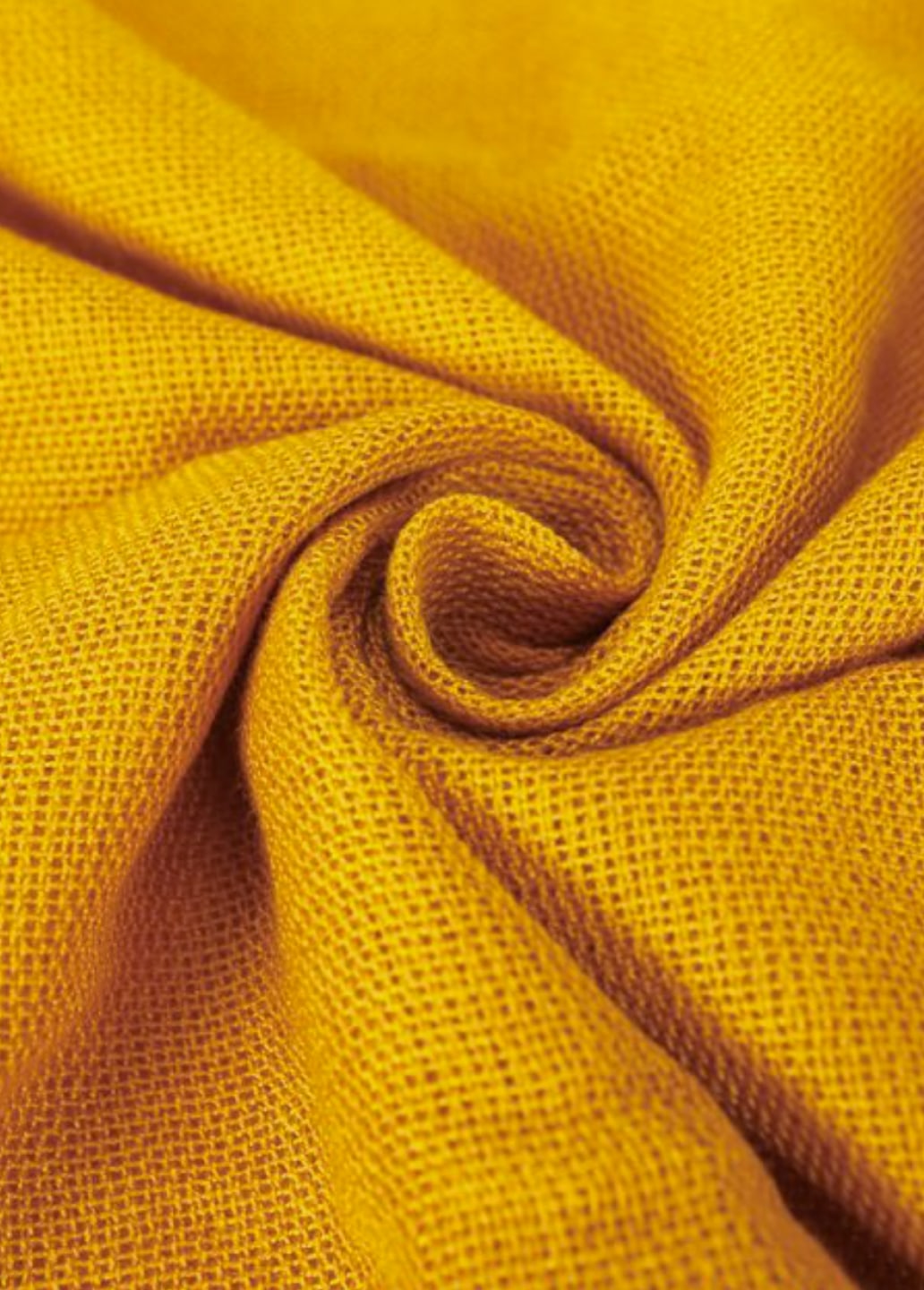
Polyimide Fiber Woven Fabric
Polyimide fiber woven fabric is characterized by its excellent thermal stability, allowing it to withstand high temperatures without degrading.This fabric features inherent flame resistance and low smoke emission, making it suitable for use in environments where fire safety is a concern.
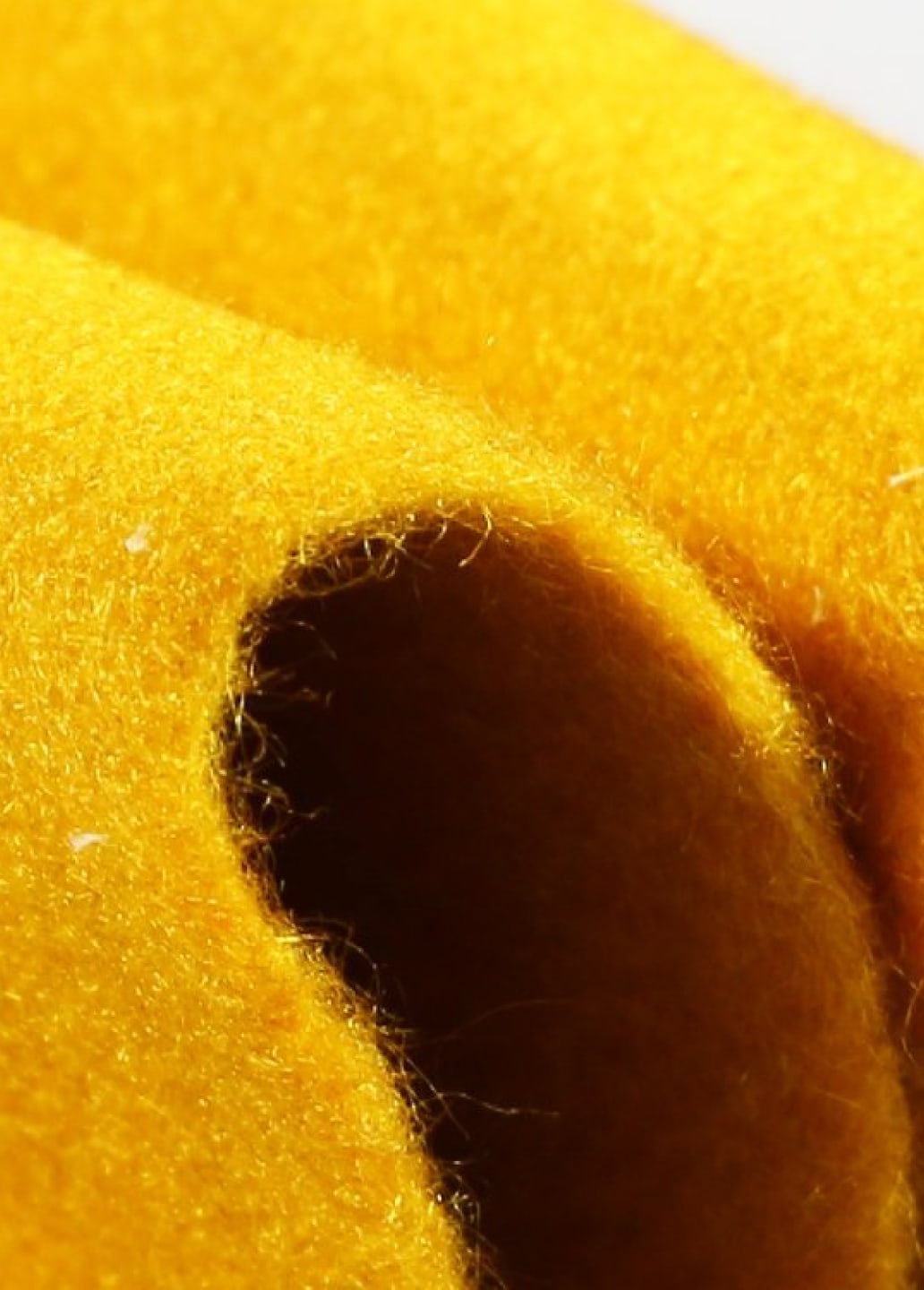
Polyimide Fiber Non-woven Mats and Felts
Polyimide fiber non-woven mats and felts are distinguished by their excellent thermal resistance, enabling them to perform well in high-temperature environments. They also feature good chemical resistance and low outgassing, making them ideal for use in aerospace and other demanding applications.

Polyimide Fiber Woven Fabric
Polyimide fiber woven fabric is characterized by its excellent thermal stability, allowing it to withstand high temperatures without degrading.This fabric features inherent flame resistance and low smoke emission, making it suitable for use in environments where fire safety is a concern.

Polyimide Fiber Non-woven Mats and Felts
Polyimide fiber non-woven mats and felts are distinguished by their excellent thermal resistance, enabling them to perform well in high-temperature environments. They also feature good chemical resistance and low outgassing, making them ideal for use in aerospace and other demanding applications.
Properties of Polyimide Fiber
Properties of Polyimide Fiber

Outstanding Mechanical Properties
It exhibits excellent tensile strength and elasticity modulus, resulting in minimal deformation under stress. The strength of high-strength polyimide fibers can reach 5.8 GPa, and the initial modulus of ultra-high modulus polyimide fibers can even reach 285 GPa.
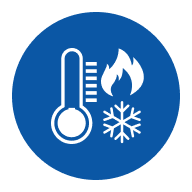
Temperature Resistance
Polyimide fiber can be used long-term at 260°C and withstands conditions down to -269°C in liquid nitrogen without becoming brittle.

Acid Resistance
It has good acid resistance but is not resistant to alkalis, as it tends to hydrolyze in alkaline environments.

Flame Retardancy
Polyimide fiber is inherently flame retardant, with an LOI (limiting oxygen index) as high as 38%. It produces very little smoke and is self-extinguishing without generating heat.

Radiation and Oxidation Resistance
It maintains excellent mechanical properties and chemical stability in extreme environments such as space, polar regions, deep sea, and deserts.

Excellent Electrical Insulation
It has a dielectric constant of around 3.4. Fluorinated polyimide fibers can have a dielectric constant as low as 2.5.

Creep Resistance
It shows outstanding resistance to creep even under high temperatures and prolonged loading.

Antistatic Properties
Polyimide fiber materials effectively reduce static buildup, making it suitable for environments where antistatic performance is required.
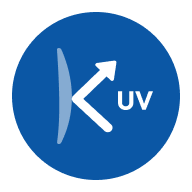
UV Resistance
The polyimide fiber materials have good resistance to ultraviolet rays, making it ideal for long-term outdoor use.

Poor Dyeability
Due to its molecular structure, which contains a large number of imide rings and no active groups, it is difficult for dyes to adhere, resulting in poor dyeability.

Outstanding Mechanical Properties
It exhibits excellent tensile strength and elasticity modulus, resulting in minimal deformation under stress. The strength of high-strength polyimide fibers can reach 5.8 GPa, and the initial modulus of ultra-high modulus polyimide fibers can even reach 285 GPa.

Temperature Resistance
Polyimide fiber can be used long-term at 260°C and withstands conditions down to -269°C in liquid nitrogen without becoming brittle.

Acid Resistance
It has good acid resistance but is not resistant to alkalis, as it tends to hydrolyze in alkaline environments.

Flame Retardancy
Polyimide fiber is inherently flame retardant, with an LOI (limiting oxygen index) as high as 38%. It produces very little smoke and is self-extinguishing without generating heat.

Radiation and Oxidation Resistance
It maintains excellent mechanical properties and chemical stability in extreme environments such as space, polar regions, deep sea, and deserts.

Excellent Electrical Insulation
It has a dielectric constant of around 3.4. Fluorinated polyimide fibers can have a dielectric constant as low as 2.5.

Creep Resistance
It shows outstanding resistance to creep even under high temperatures and prolonged loading.

Antistatic Properties
Polyimide fiber materials effectively reduce static buildup, making it suitable for environments where antistatic performance is required.

UV Resistance
The polyimide fiber materials have good resistance to ultraviolet rays, making it ideal for long-term outdoor use.

Poor Dyeability
Due to its molecular structure, which contains a large number of imide rings and no active groups, it is difficult for dyes to adhere, resulting in poor dyeability.
FAQ for Polyimide Fiber
What are the mainstream reinforced structures for composite materials?
How effective is the thermal insulation of polyimide fabrics?
Why is surface modification needed for polyimide fibers?
How does the thermal stability of polyimide fiber materials compare to other high-performance fibers?
In what specific applications are polyimide fiber reinforcements utilized?
How do polyimide fibers perform in terms of fire resistance compared to other fibers?
What challenges are associated with processing polyimide fiber materials?
Can’t find an answer?
Don't hestitate to contact us

Get Price of Composite Materials
Get Price of Composite Materials
E-mail:
Address:
NO.61, XIANGYANGJIAYUAN, XIAOSHAN, HANGZHOU, CHINA
Composites Knowledge Hub
Composites Knowledge Hub

